- Published on
It is no coincidence that Père Lachaise Cemetery is a paradise for me, a paradise full of people who have played a significant role in my life. I will never forget the first time I came here, I was so excited to meet my favorite musician Frederic Chopin after all these years, but the doors were closed, I was late. But now I'm here to take you to the heaven, a different corner of this cold world.
Burials at Père Lachaise Cemetery:
- Michel Petrochiani
- Marcel Proust
- Jim Morrison
- Gioacchino Rossini
- Vivant Denon
- Gohar Morad (Gholam Hossein Saedi)
- Sadegh Hedayat
- Victor Noir
- Serge Gainsbourg
- Oscar Wilde
- Edith Piaf
- Frederic Chopin
Père Lachaise
Père Lachaise, the largest cemetery in Paris, is one of the most visited and famous cemeteries in the world. It is also important because it is the first cemetery in the city. This cemetery is a relic of three wars. Many celebrities are buried in Père Lachaise Cemetery. It has more than 3.5 million visitors each year, which is the highest number in the world.
Frederic Chopin, a prominent Polish pianist and composer Oscar Wilde, Irish novelist and playwright Sadegh Hedayat, Iranian writer
These are the names of the people who have made Père Lachaise more of a paradise for me.
Photo: Monument aux morts de Albert Bartholomé
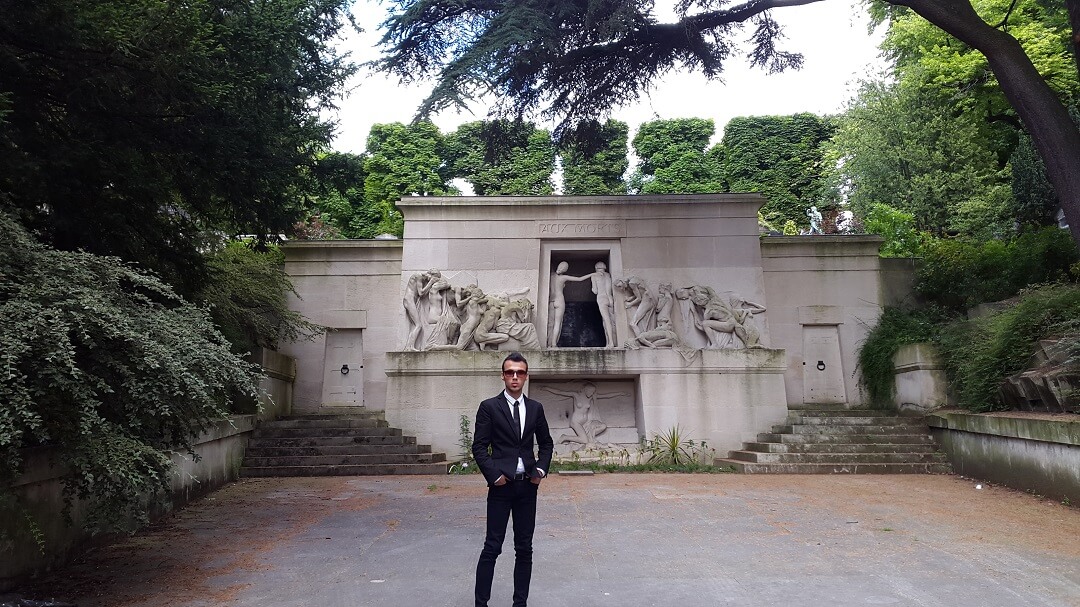
Honestly, Père Lachaise Cemetery is the most beautiful park for me. Here I take my steps very gently, I feel Chopin fall asleep playing the Nocturne pieces, I feel Hedayat never wants to wake up, I feel all the cells of Oscar Wilde's body are happy in his cell, my feelings reaches its peak in Père Lachaise, though this is not the first time I have experienced this feeling, but here is different, I feel Chopin walking beside me and telling me about his pieces, these are not just words, I really feel this way, more real than what can be expressed in words ... I lived Chopin ... just him ...
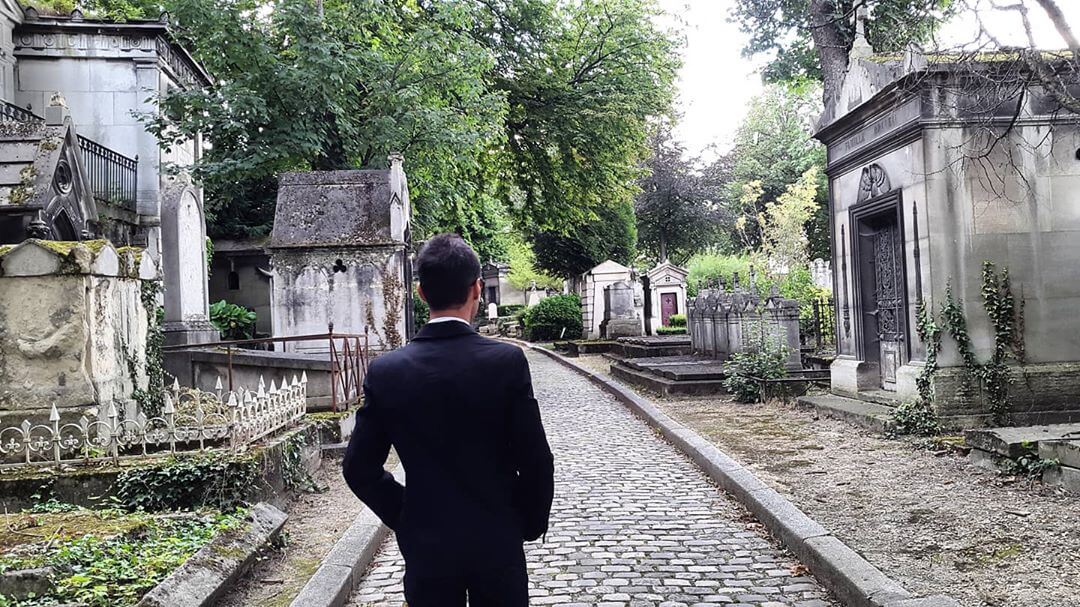
Sometimes I think I can confirm that Père Lachaise is the most different place I have ever walked in. When I get to this part of my blog, my writing power weakens, I feel like I am losing words, I have nothing to say here among all these celebrities, poets, writers, musicians and influential artists of history. If so, what should I say? From whom should it be written and what should it be said? Chopin? Jim Morrison? Edith Piaf? Oscar Wilde? Hedayat? The result is that I now share images to get to Chopin, as I have to express my feelings with his own music.
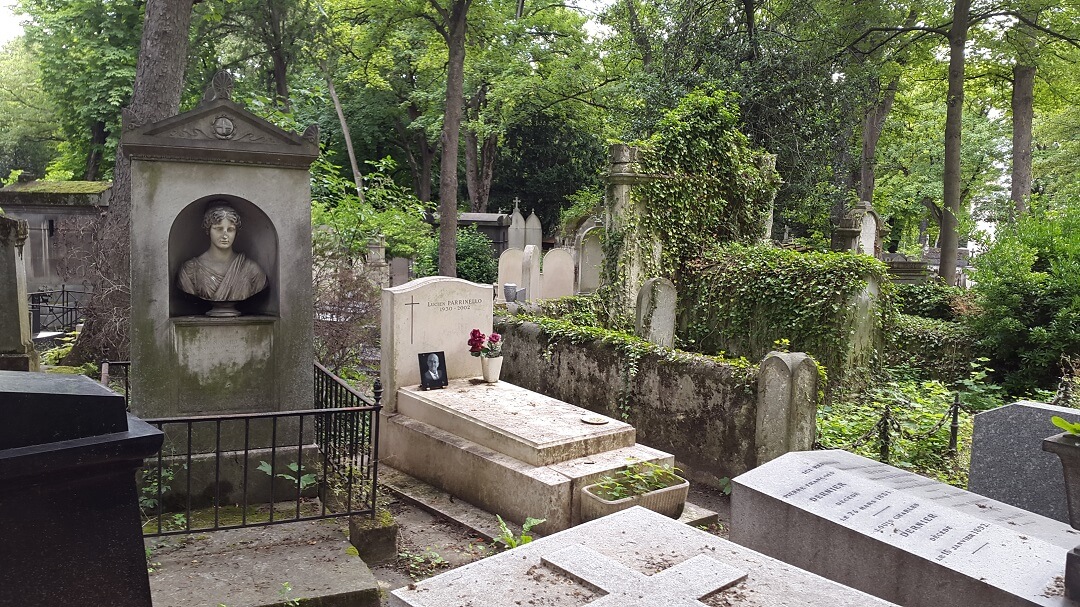
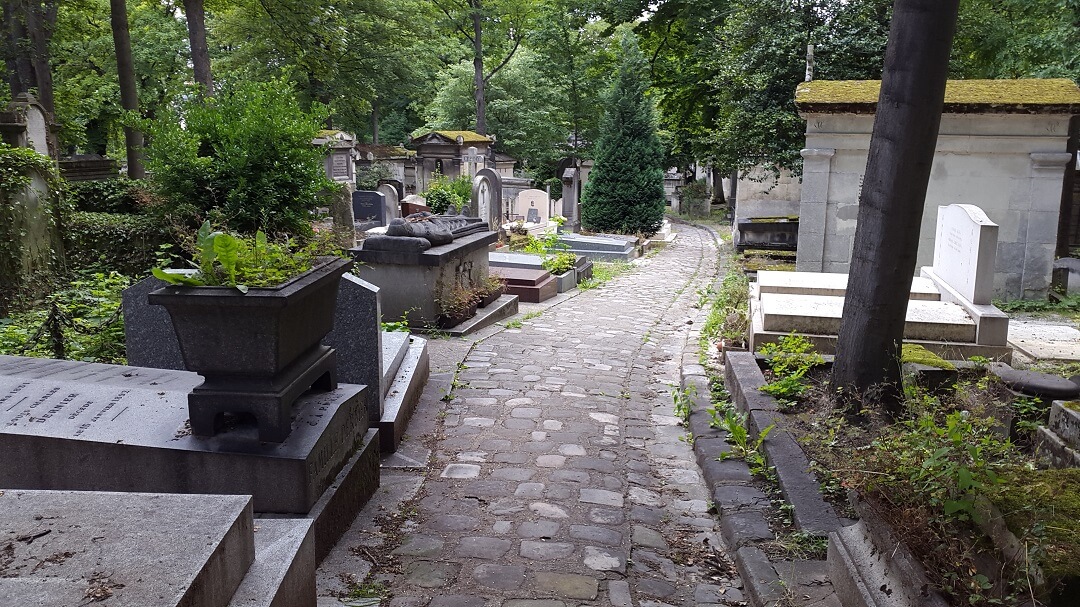
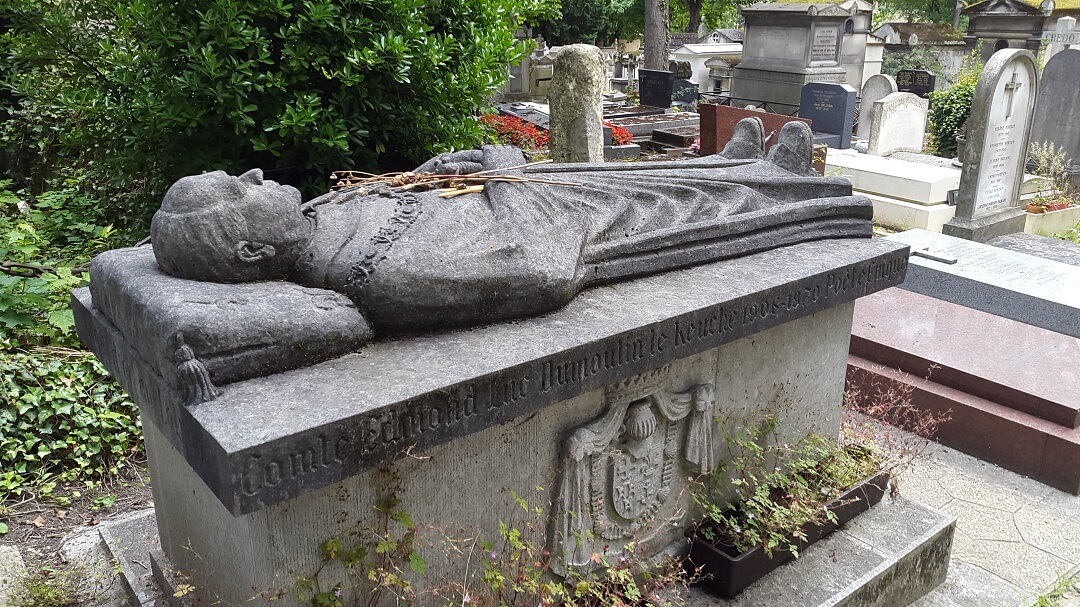
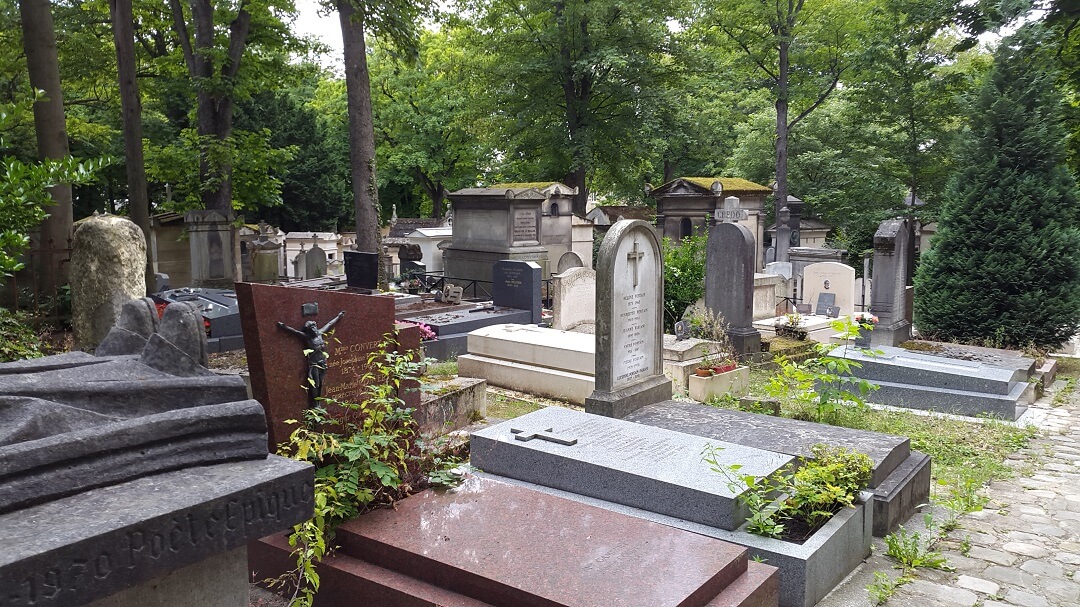
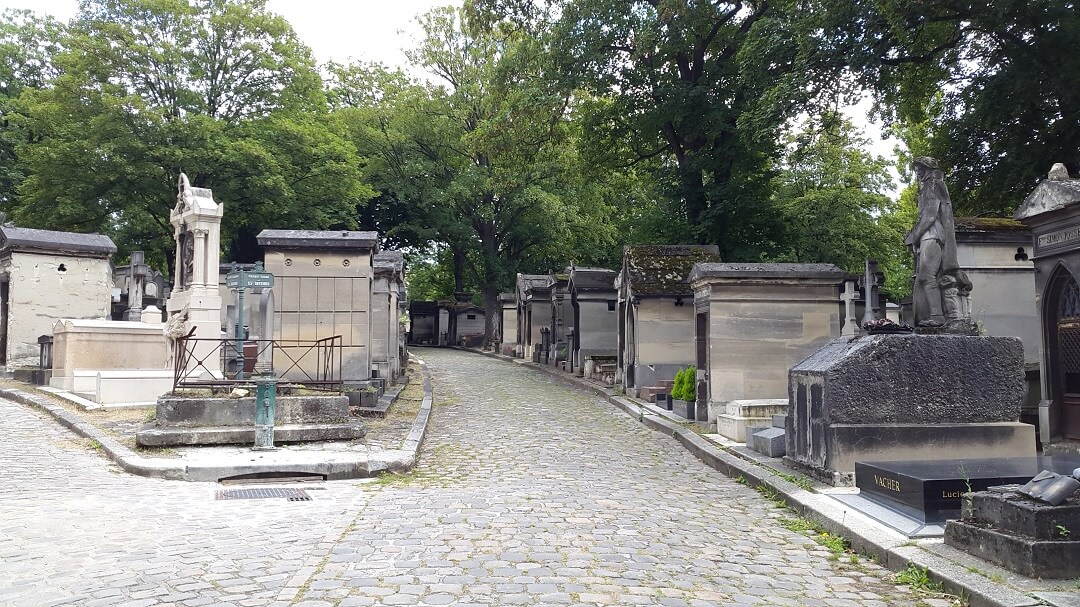
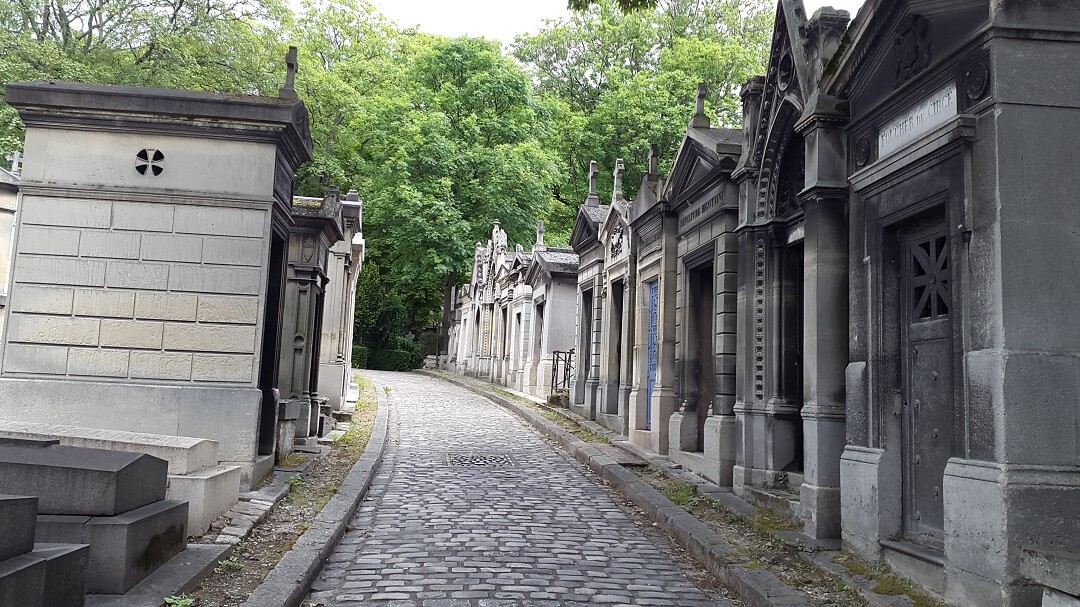
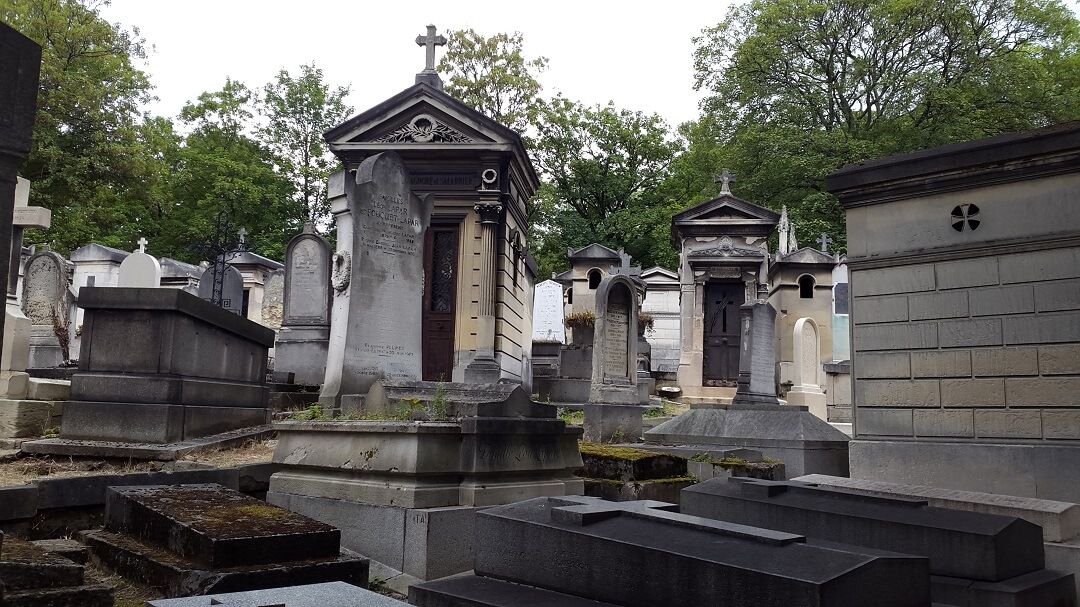
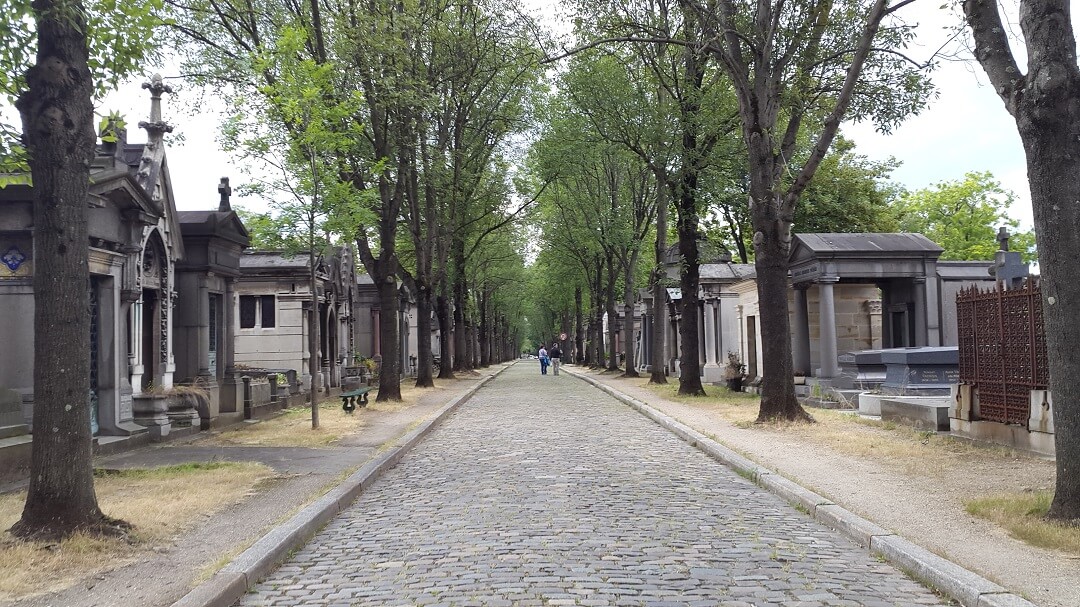
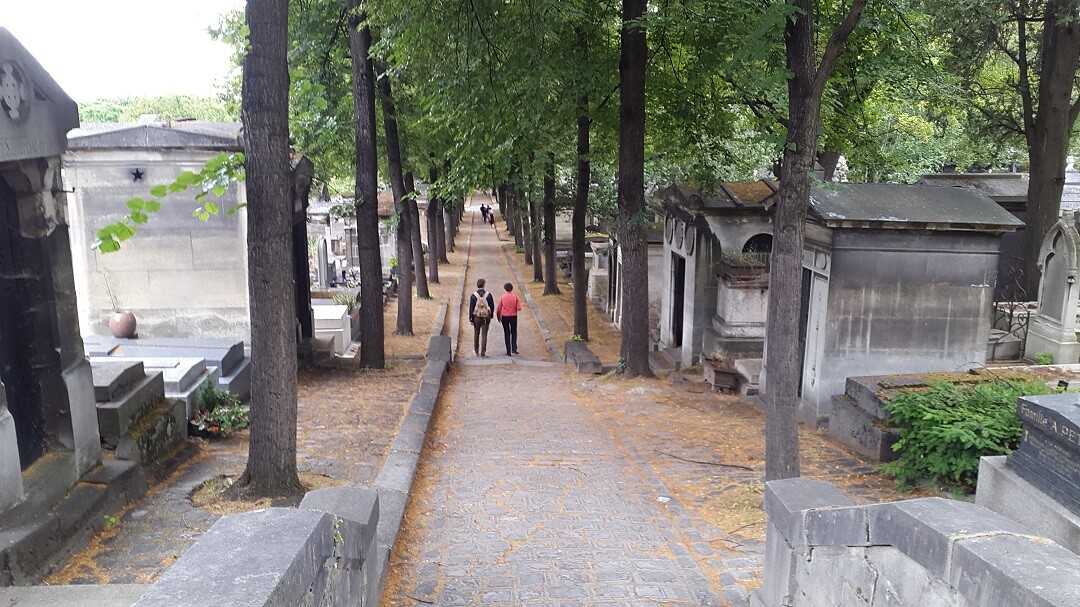
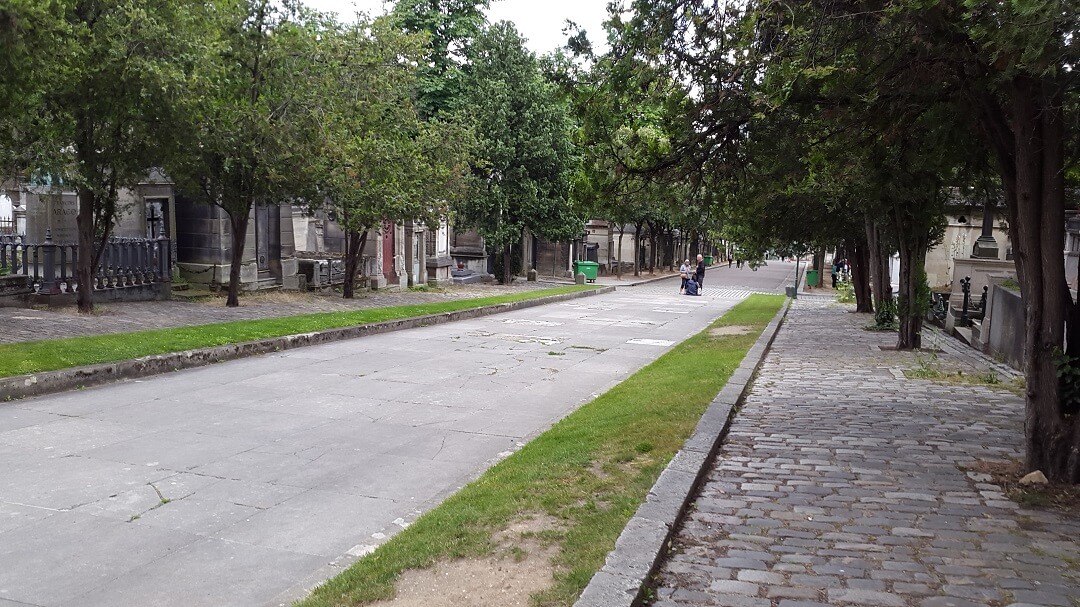
Walking in cemeteries like Père Lachaise always brings a different experience, which is the encounter with "random tombstones". Of course, this happens more in Père Lachaise.
As I walked, and browsed through my life with Chopin pieces to reach him, my eye accidentally saw the "Louis Poinsot" stone, which has a design very similar to Ahura Mazda, God of Persia. This resemblance is probably not accidental, and it can not even be said that this stone is similar, because the design is exactly the same, I have reviewed it many times.
Louis Poinsot (3 January 1777 – 5 December 1859) was a French mathematician and physicist. Poinsot was the inventor of geometrical mechanics.
The literal meaning of the word Ahura is “mighty” or “lord”, and Mazda is “wisdom”. So, before the occupation of Iran by the muslims and the promotion of Islam, the Iranians worshiped the religion of Ahura Mazda, Zoroaster.
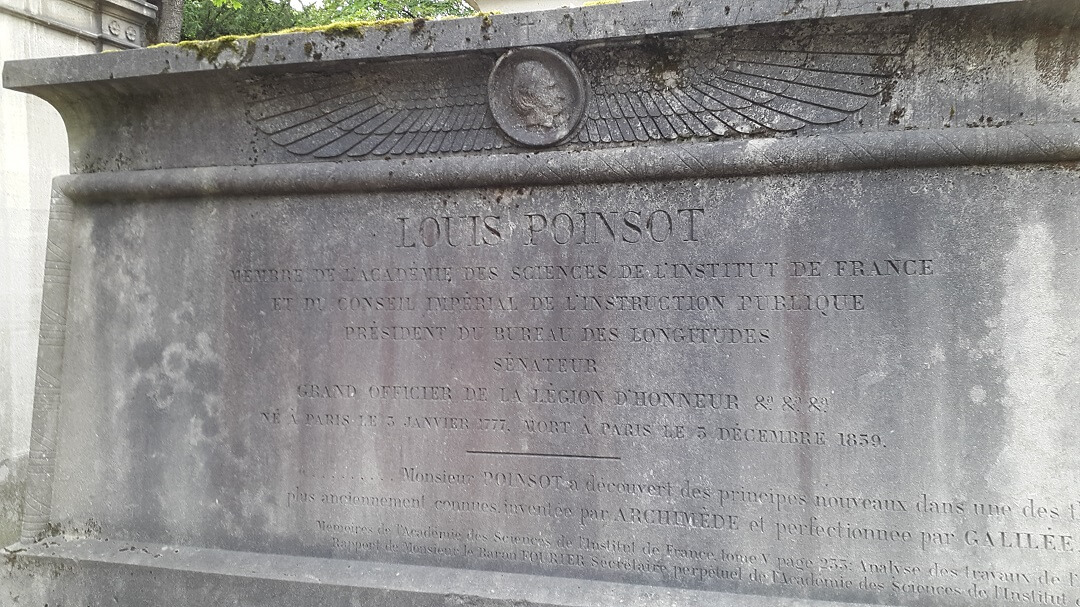
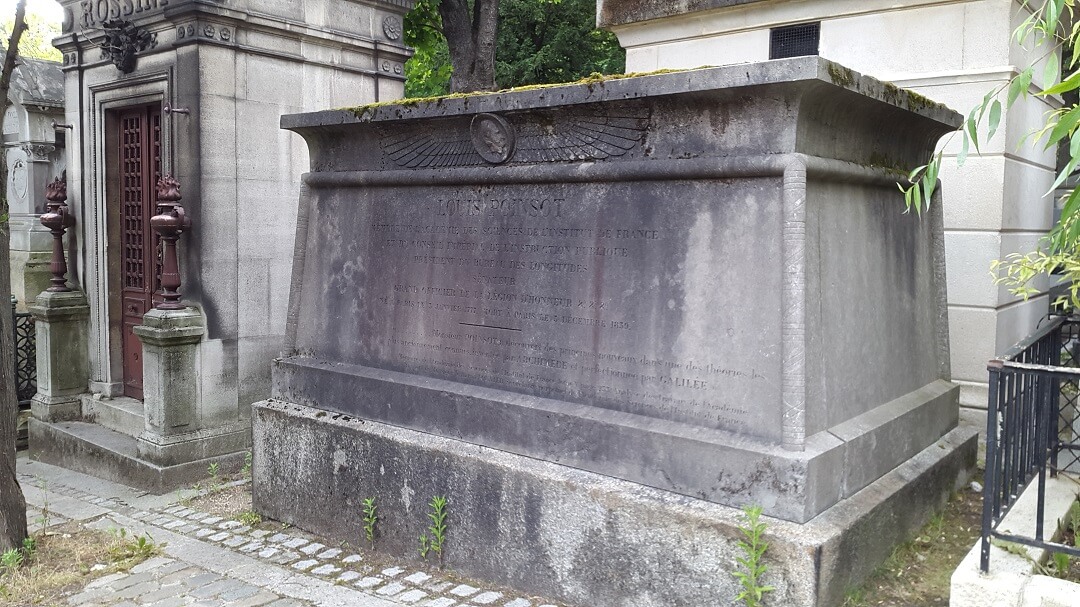

Michel Petrochiani
This is the image of a simple and small tombstone of Michel Petrochiani, He was a French jazz pianist. From birth he had osteogenesis imperfecta, a genetic disease that causes brittle bones and, in his case, short stature. He became one of the most accomplished jazz pianists of his generation despite having pain in his arms.
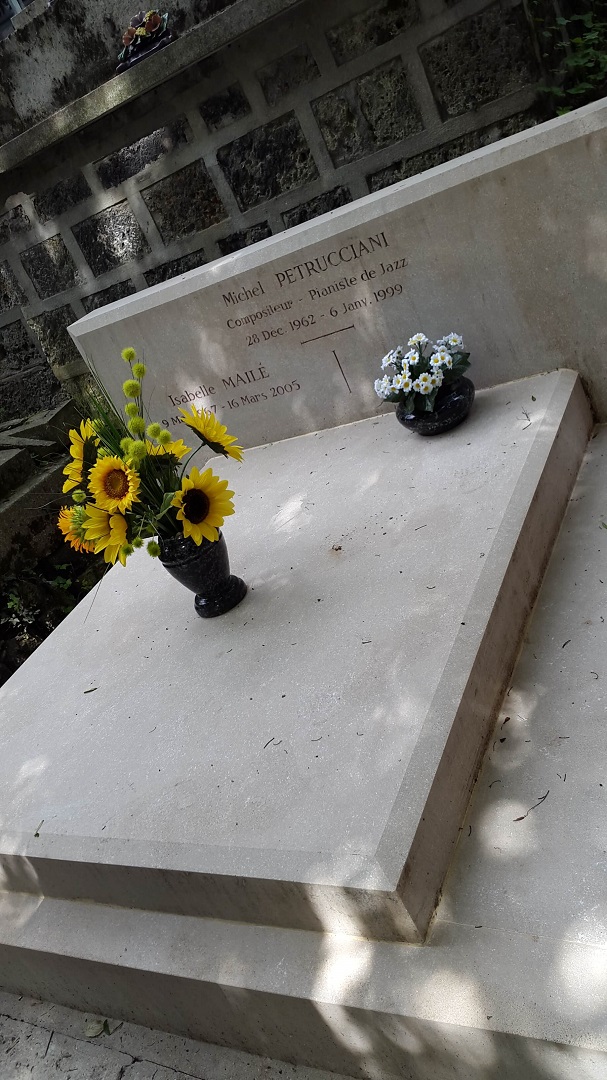
Marcel Proust
next is the tombstone of Marcel Proust, a French writer and essayist. He is considered one of the greatest writers in the history of world literature for writing his great work, In Search of Lost Time. In fact, this is a family tombstone, and his brother Marcel Proust, a urologist and obstetrician, is also buried here. The interesting thing here is that they put the Paris Metro tickets with a small stone on their grave, I asked some French people, they didn't know the reason, I searched on the internet, still couldn't find the reason.
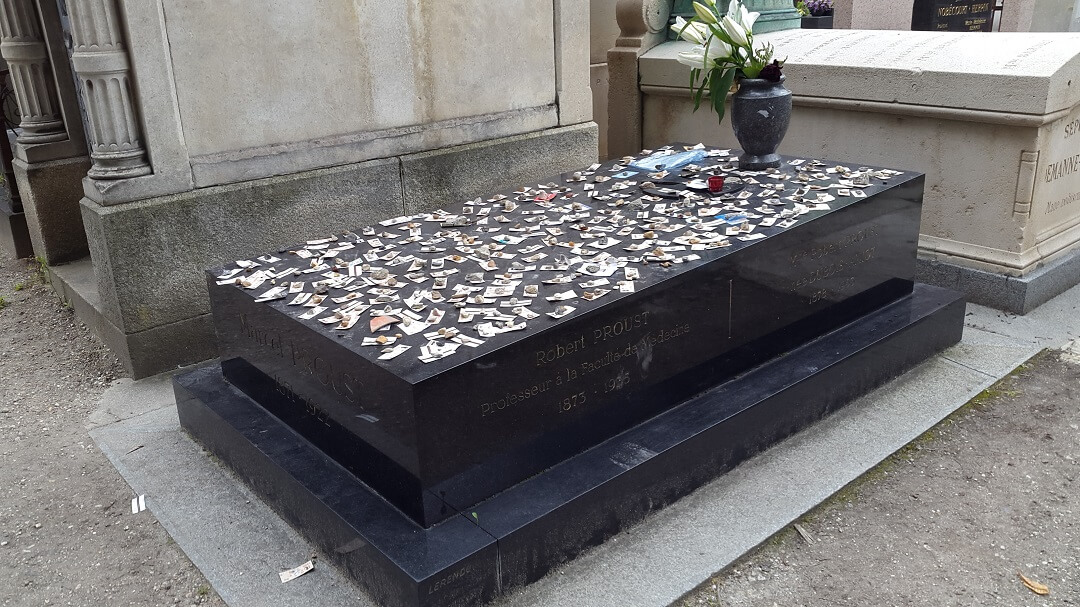
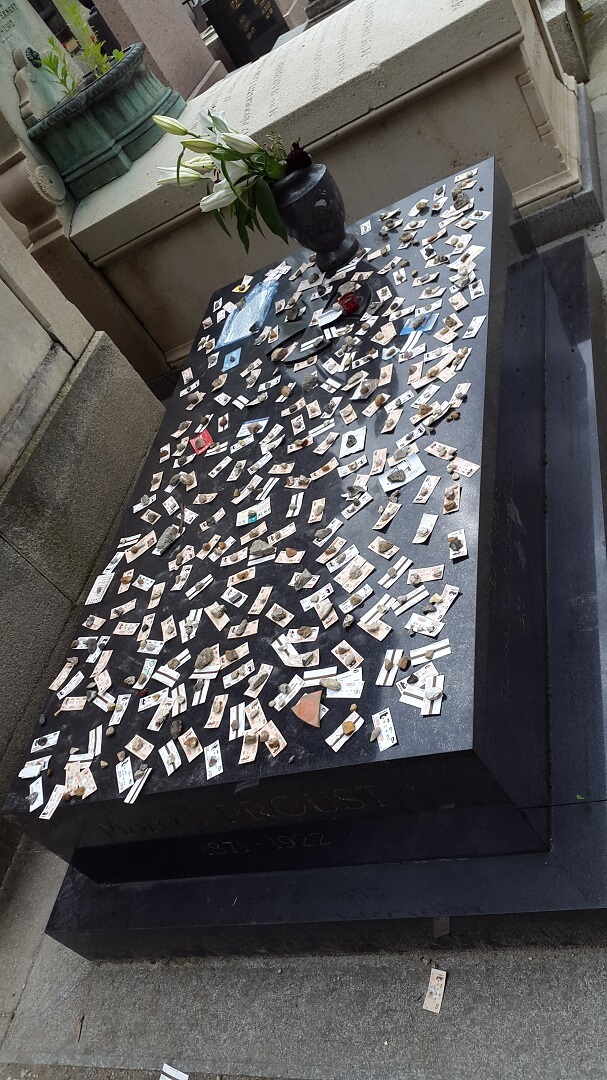
Here are some photos of some random tombs:
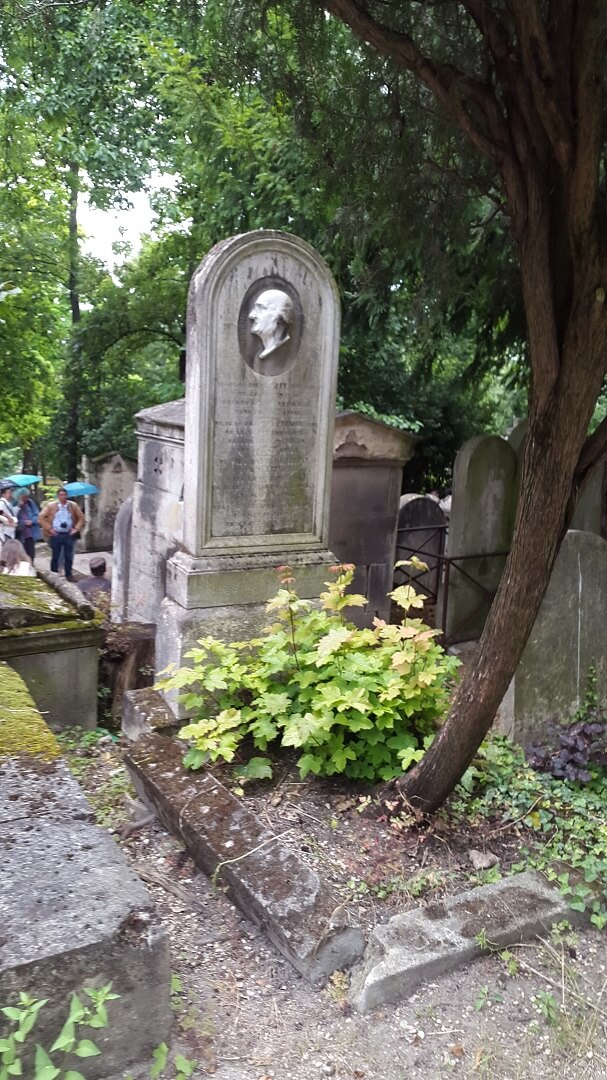
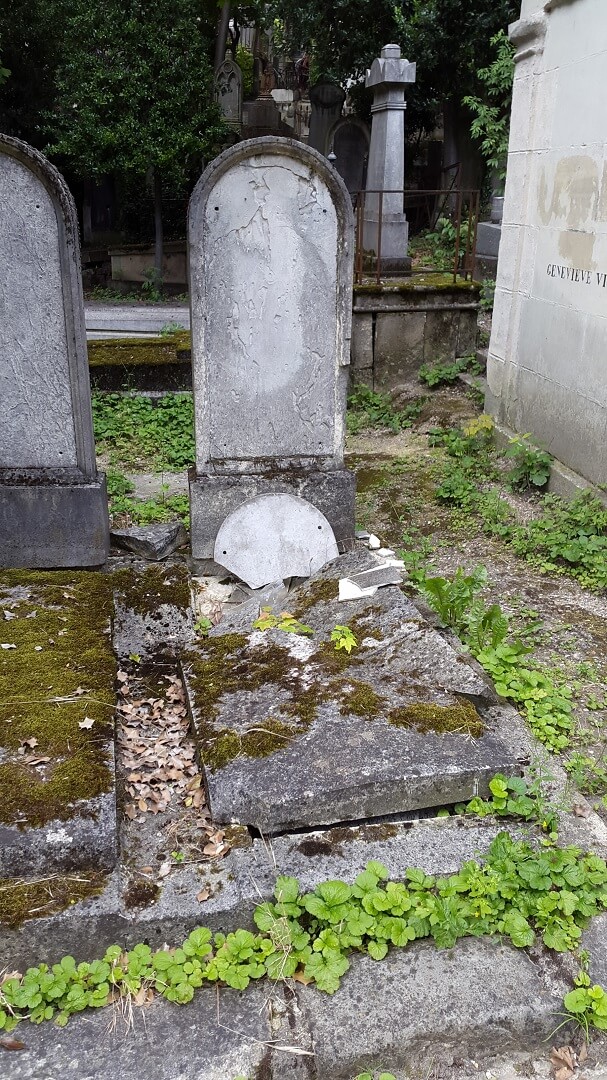
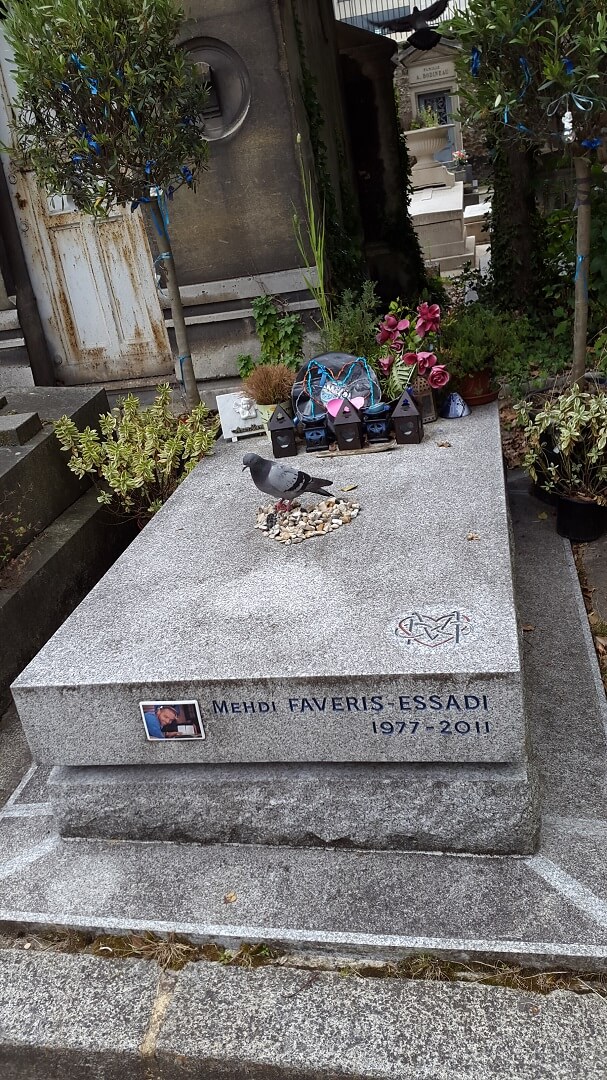
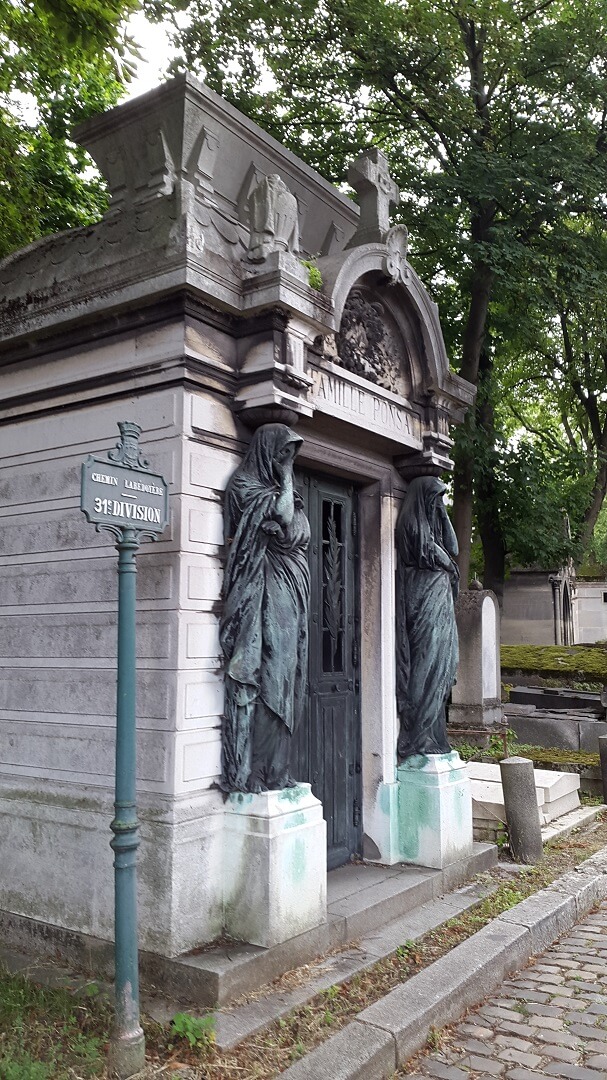
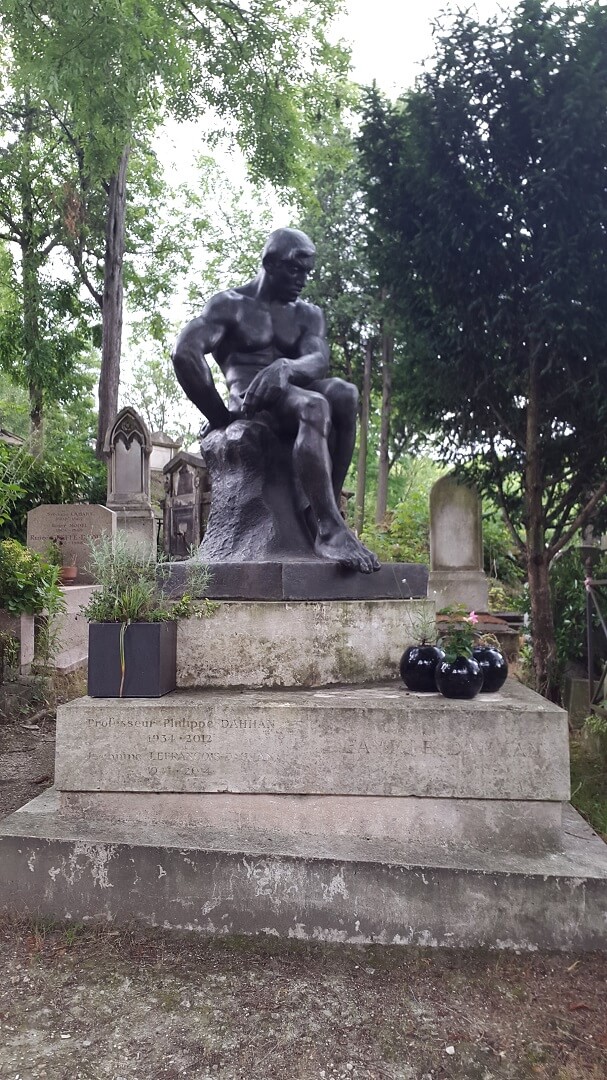
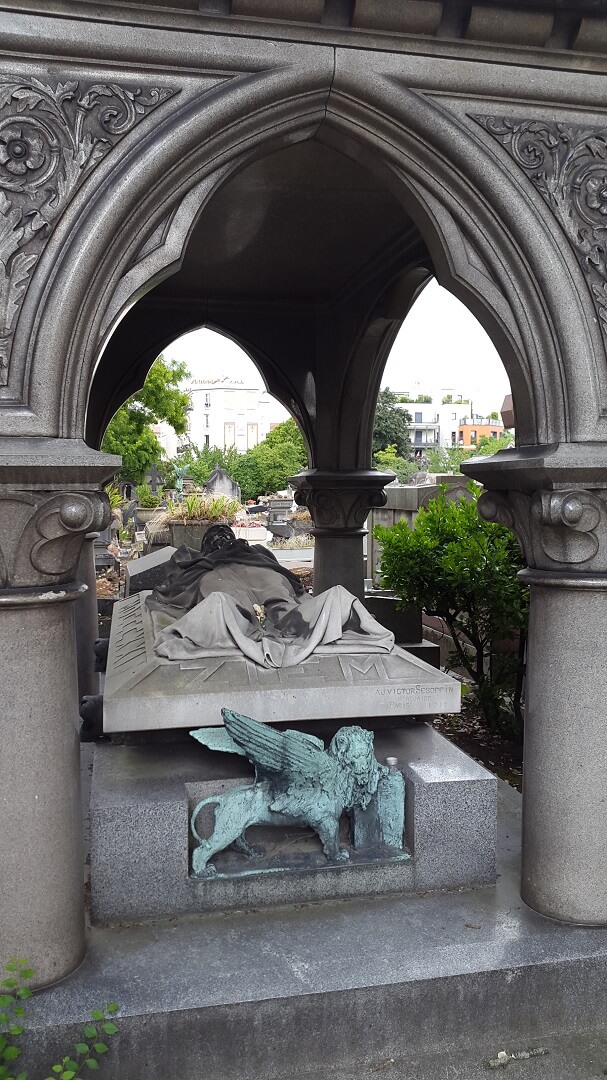
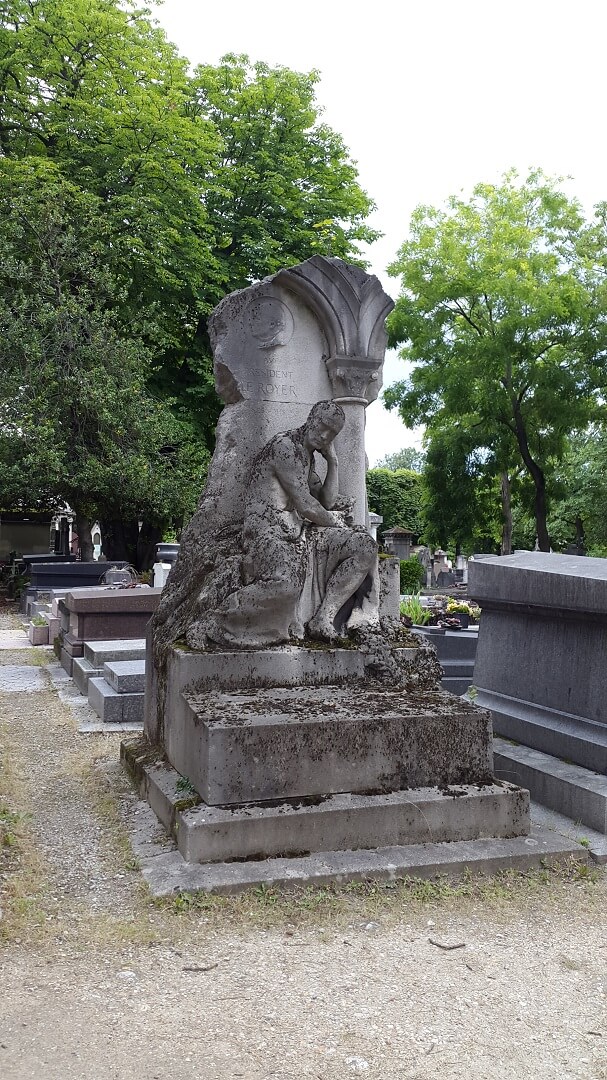
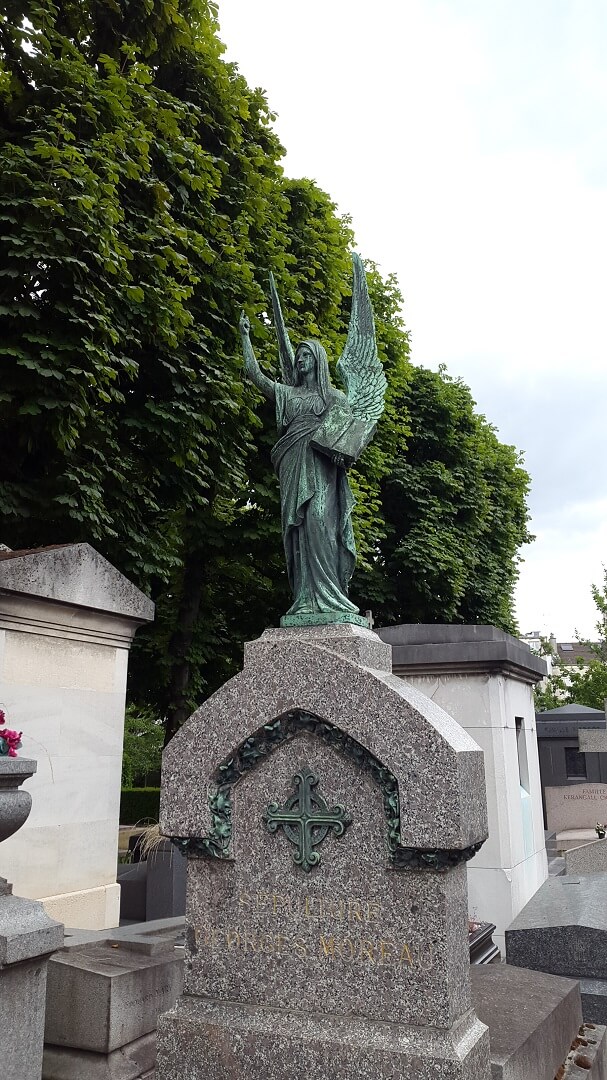
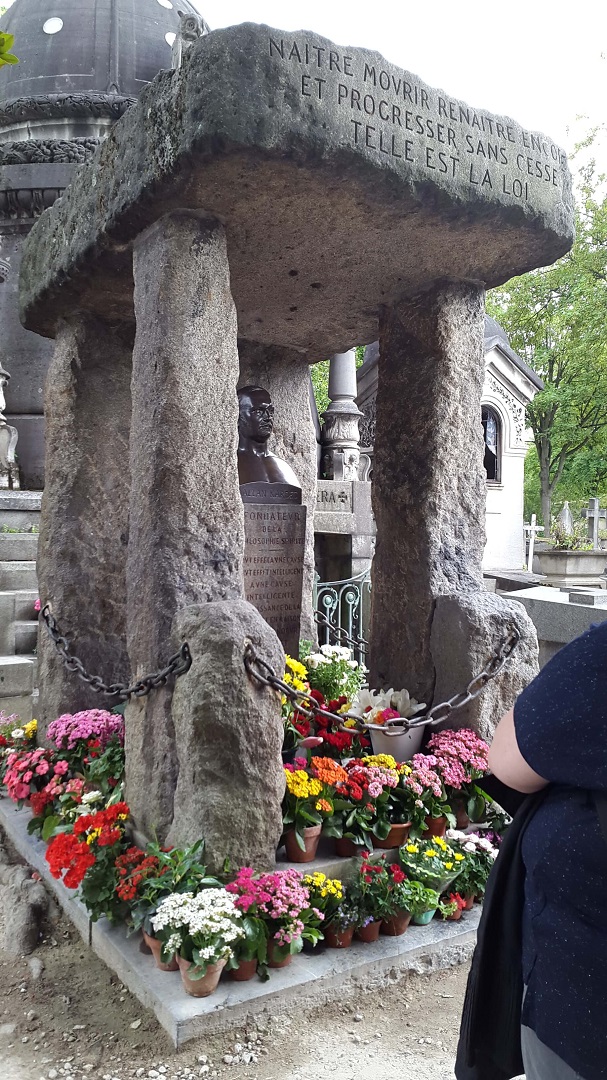
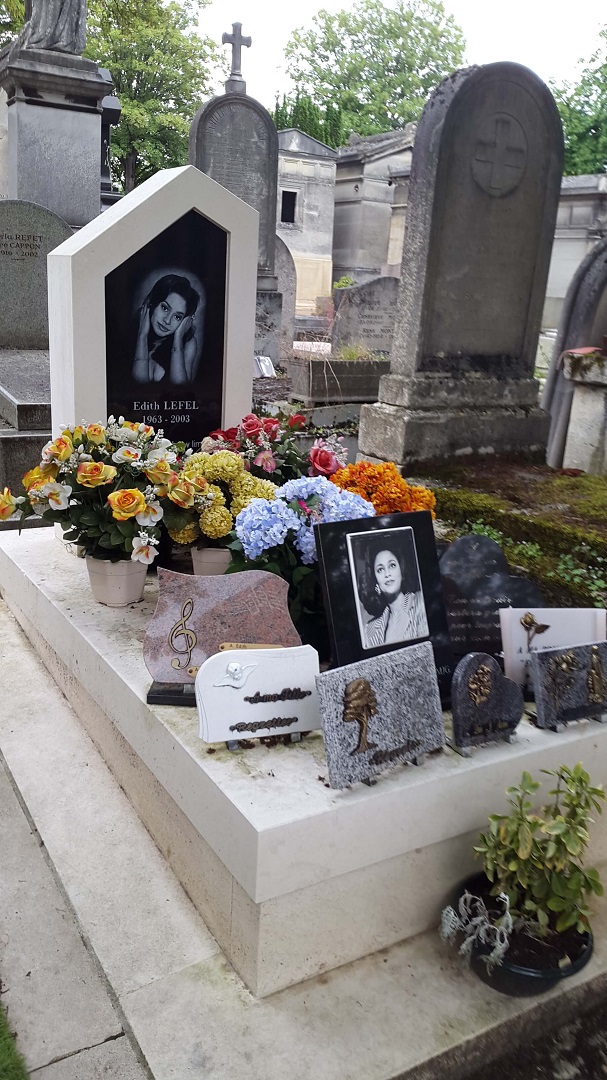
Jim Morrison
The next, sometimes the busiest part of Père Lachaise Cemetery, is where Jim Morrison, American composer, poet, writer, director and singer sleeps. The Rolling Stones magazine ranked Jim Morrison 47th in the "Top 100 Singers of All Time" ranking. Although American tourists meet other Père Lachaise celebrities, Morrison's grave here is seen by many Americans who travel here just for Morrison, sometimes school tours from America to Père Lachaise are seen here. Morrison, who traveled to Paris and never returned to the United States, has a track that I really love. Especially the electric guitar on which they played. I love his words ...
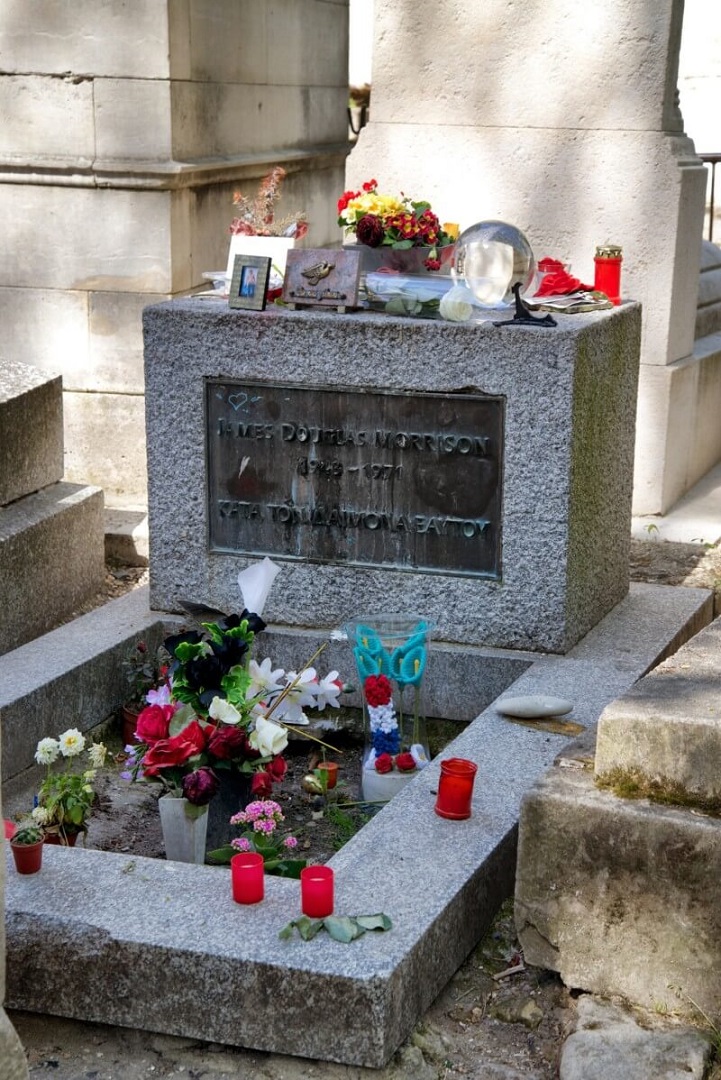
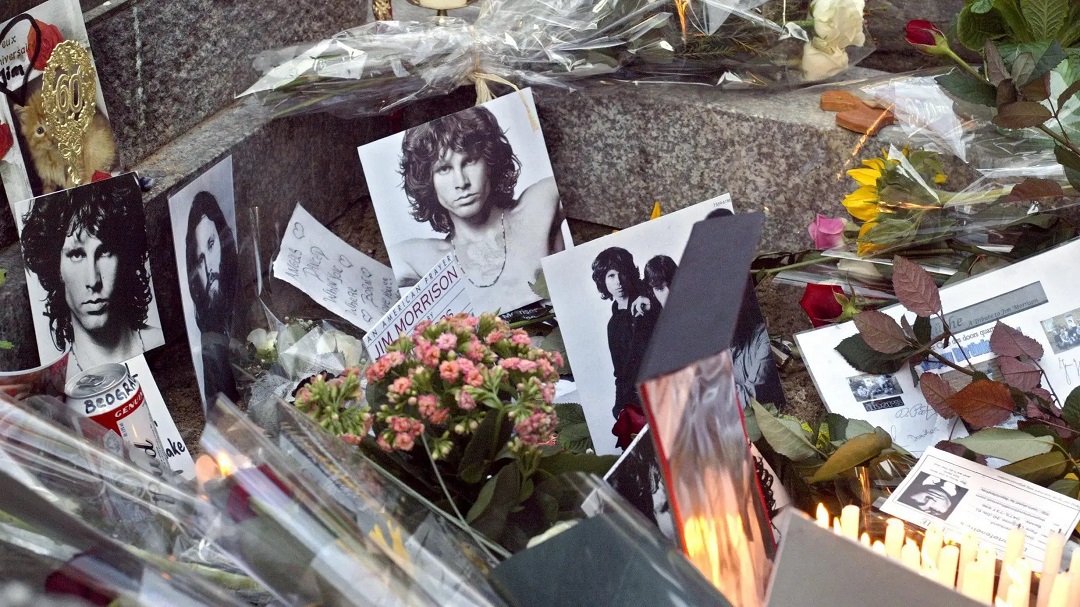
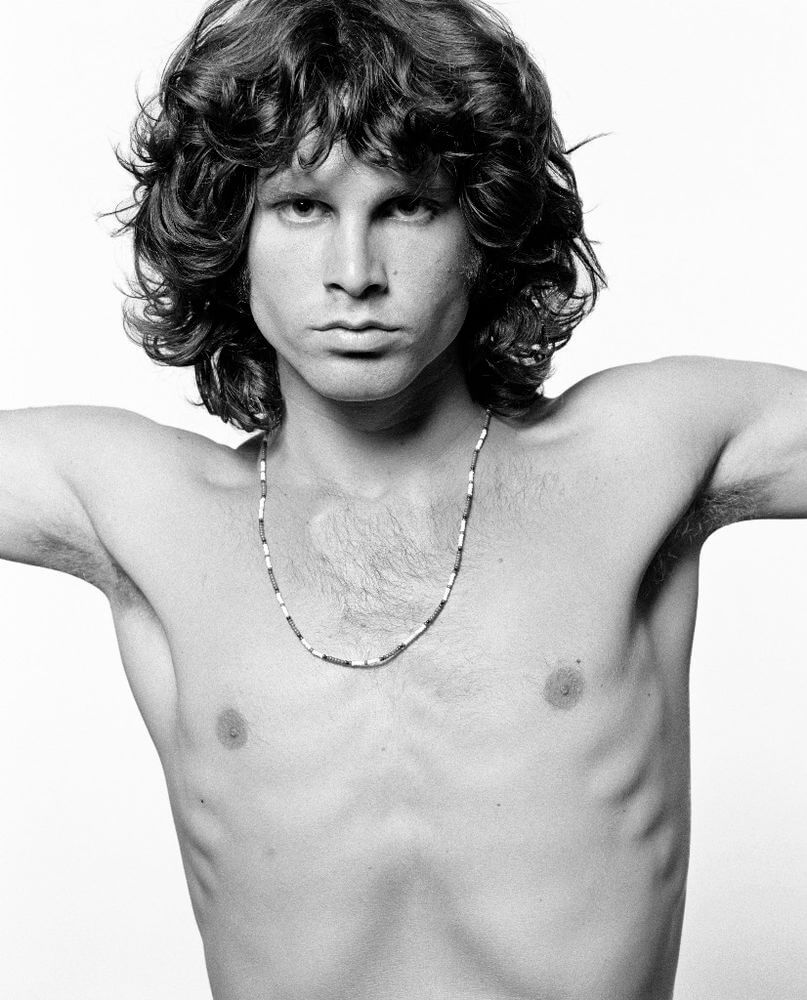
Gioacchino Rossini
At Père Lachaise, what amazes you is the spaces, dimensions and design of the tombs. To the extent that the dimensions and beauty of the stones can not express the greatness of a person in history. For example, I always thought that the tomb of Rossini, the Italian composer, one of the greatest composers in the world, should be one of the largest and most magnificent tombs of Père Lachaise, but this is not the case, he just lies on a small stone among other celebrities.
There is only one thing that distinguishes the graves here, and that is the bouquets on them and their cleanliness, every person who has been more popular, more flowers and people can be seen around him. I liken Père Lachaise to the dormitory of the world's most influential cultural figures.
Here is where Rossini sleeps peacefully, one of the greatest composers in history. The moment I reached him, about 7.6 young people who seemed to be music students arrived at the same time as me, and started playing one of Rossini's pieces with their mouths and started laughing, the smile I have in the picture is for that.
The great Italian composer Gioacchino Rossini was born in 1792 in Pesaro, Italy to a poor but artist family. His father was in the service of the Pesaro City Orchestra, which supported his family with a low income and helped the young Rossini learn music. The powerful king of music and opera in 1868, 76 years old, passed away.
I love the piece "Il turco in Italia (1814)", a piece that Rossini is said to have created at the age of 22.
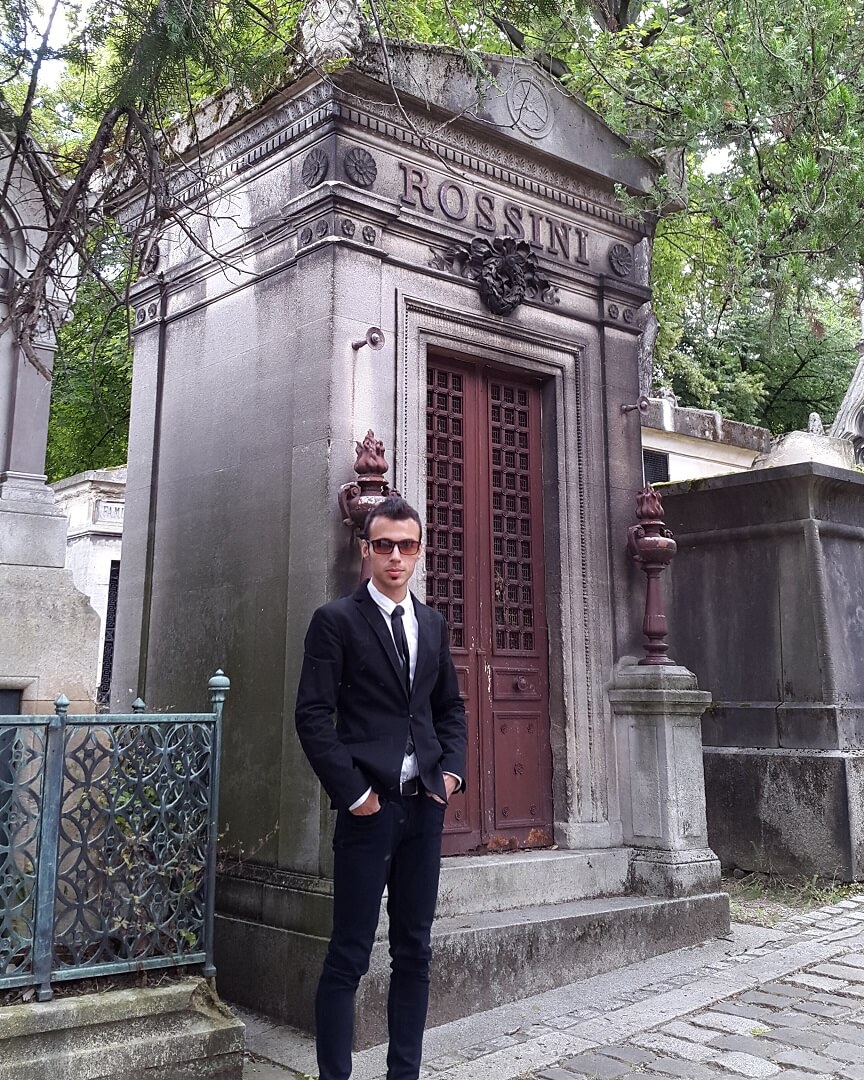
Vivant Denon
The weather is sunny and the beautiful statue of Vivant Denon can be seen. Vivant Denon (4 January 1747 – 27 April 1825) was a French artist, writer, diplomat, author, and archaeologist. He was appointed as the first Director of the Louvre museum by Napoleon after the Egyptian campaign of 1798–1801, and is commemorated in the Denon Wing of the modern museum and in the Dominique-Vivant Denon Research Center. His two-volume Voyage dans la basse et la haute Egypte ("Journey in Lower and Upper Egypt"), 1802, was the foundation of modern Egyptology.
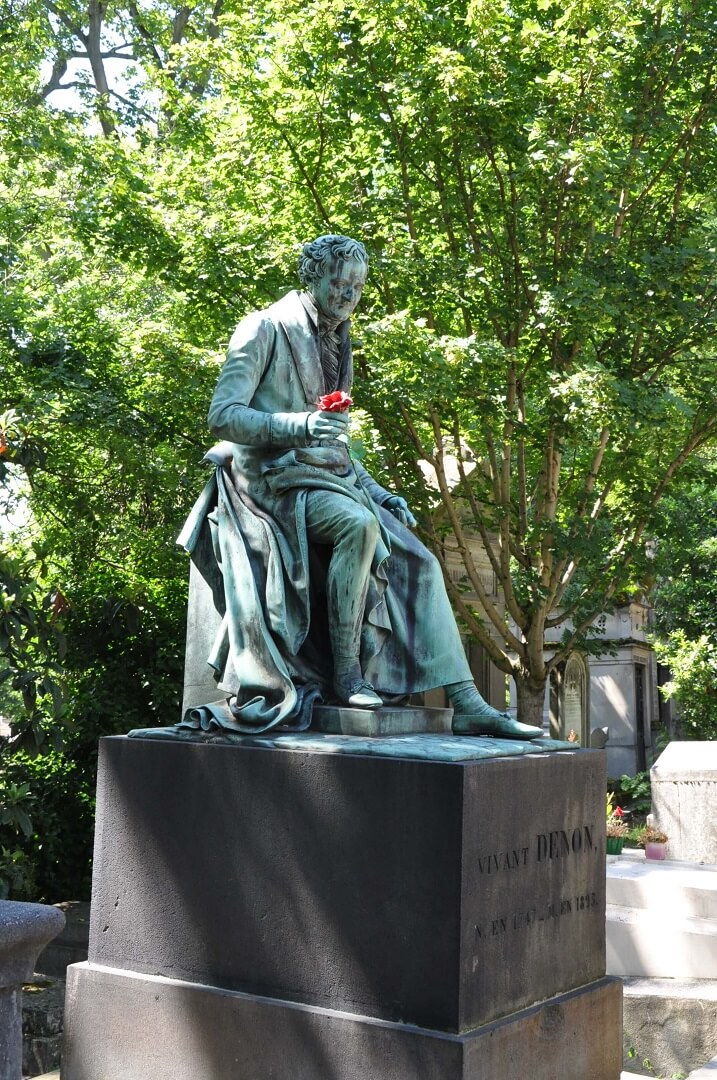
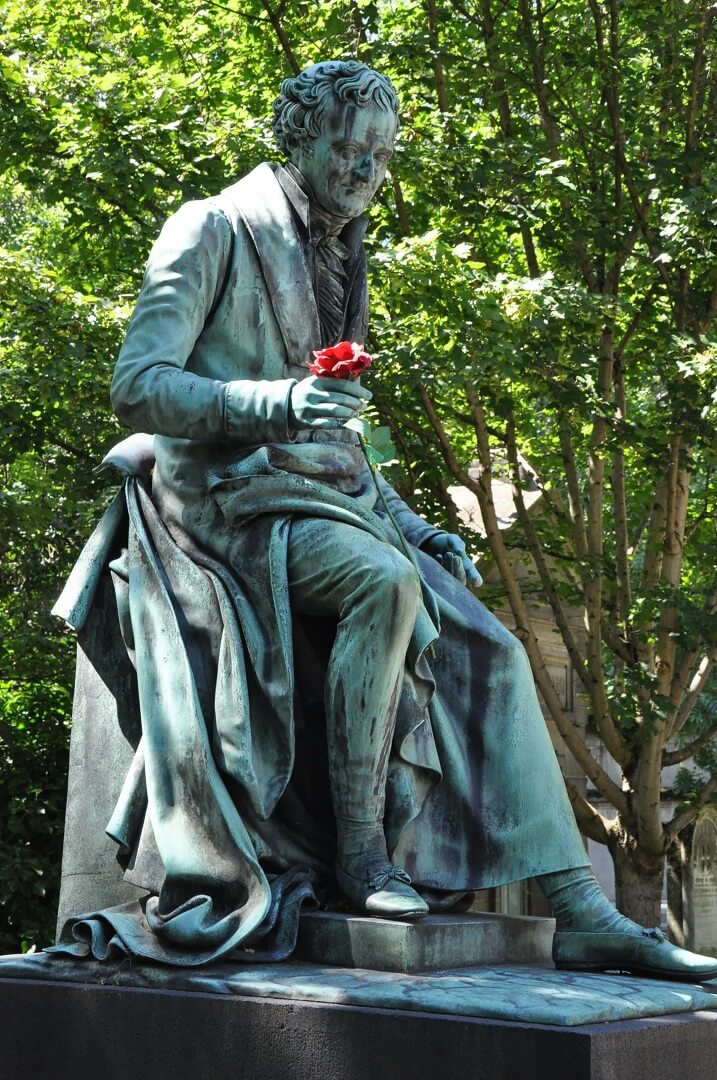
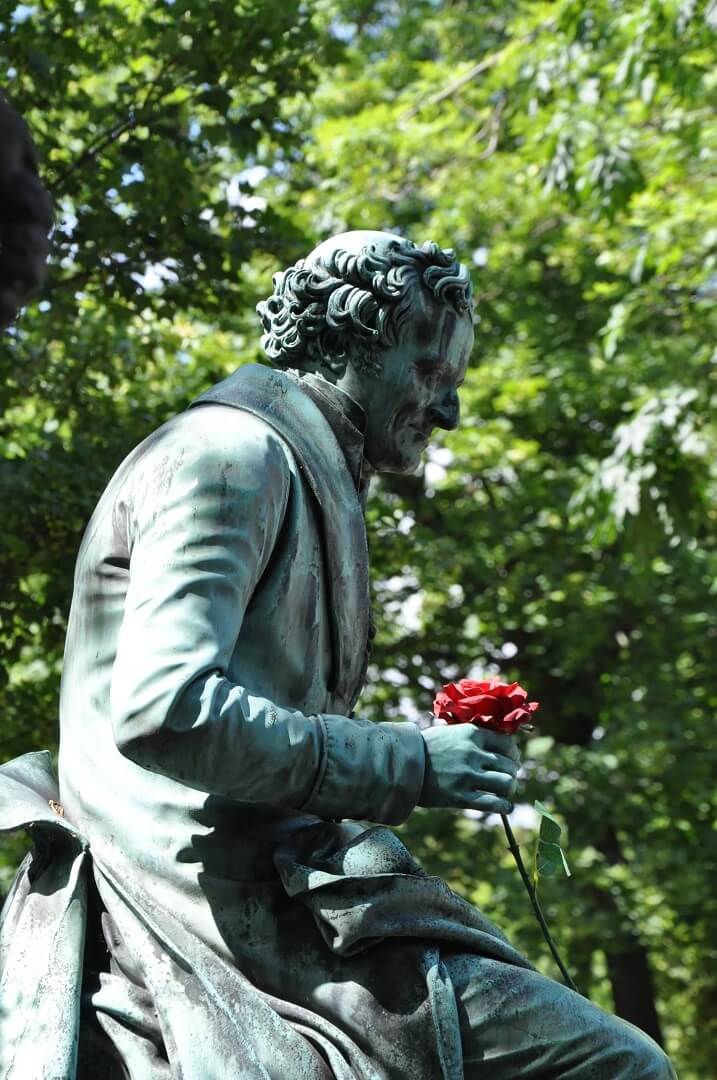
Gohar Morad (Gholam Hossein Saedi)
Gohar Morad, whose real name is Gholam Hossein Saedi, is one of the few brilliant Iranians whose names are rarely seen today. He was a famous Iranian physician and writer. Apart from what he wrote and I do not know him for them, he was a patriotic Iranian in constant search of knowledge of Iran and the people of his homeland. He traveled to different parts of Iran. The result of his trip to Azerbaijan was "Ilkhchi" and "Khiav". The result of his trip to the southern ports of "Ahl-e-Hawa" and "Fear and Trembling". These travelogues, which were based on the objectivity of society, led to the growth of "regionalism" in contemporary Iranian literature and brought the conflicts of the marginalized to the center.
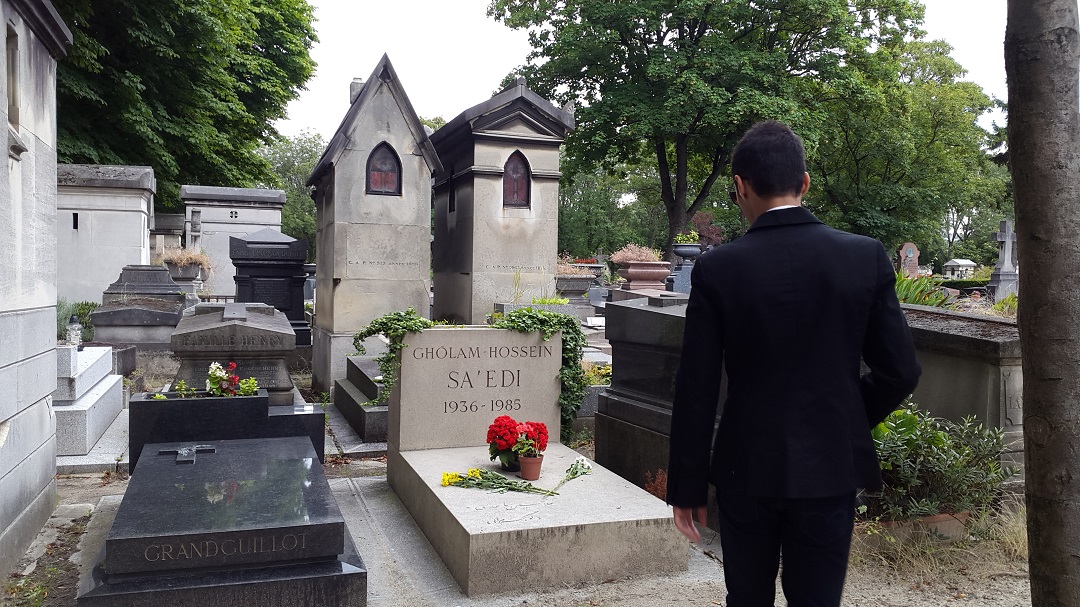
Sadegh Hedayat
Another famous Iranian of Père Lachaise is Sadegh Hedayat, the author of the beautiful novel "The Blind Owl". His influence on Kafka made me read his novel a few years ago. It can be said that he is the only Iranian writer who aroused my feelings. Just as there are Americans who come to Père Lachaise for Jim Morrison, there are also Iranians who come here just for him, that's why we can always see many colorful flowers all over his particular rock throughout the winter and summer. Sadegh Hedayat (1903 in Tehran - 1951 in Paris) was an Iranian writer, translator and intellectual who translated some of Kafka's novels, including The Metamorphosis. Many scholars have considered his novel The Blind Owl to be the most famous and brilliant novel of contemporary Iranian fiction.
The volume of writings and articles written about Sadegh Hedayat's writings, life and suicide is evidence of his profound influence on the Iranian intellectual movement. Many of the Iranian speakers of later generations, Gholam Hossein Saedi and Houshang Golshiri and others, have each been more or less influenced by Hedayat's writings and life and have spoken about him.
Sadegh Hedayat committed suicide on April 10, 1951 in Paris at the age of 40, and was buried a few days later in Père Lachaise Cemetery.
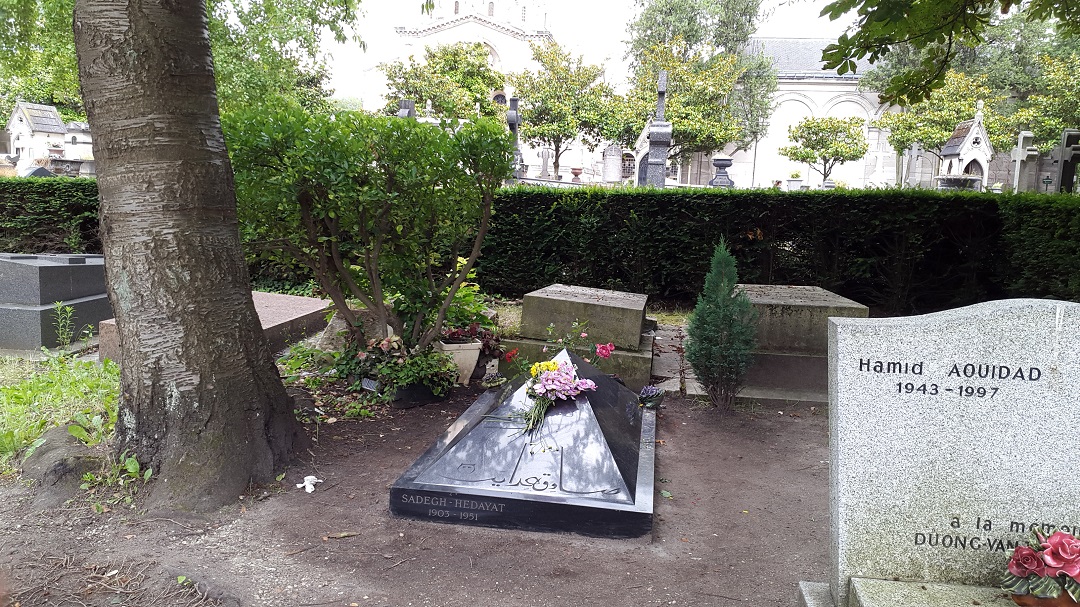
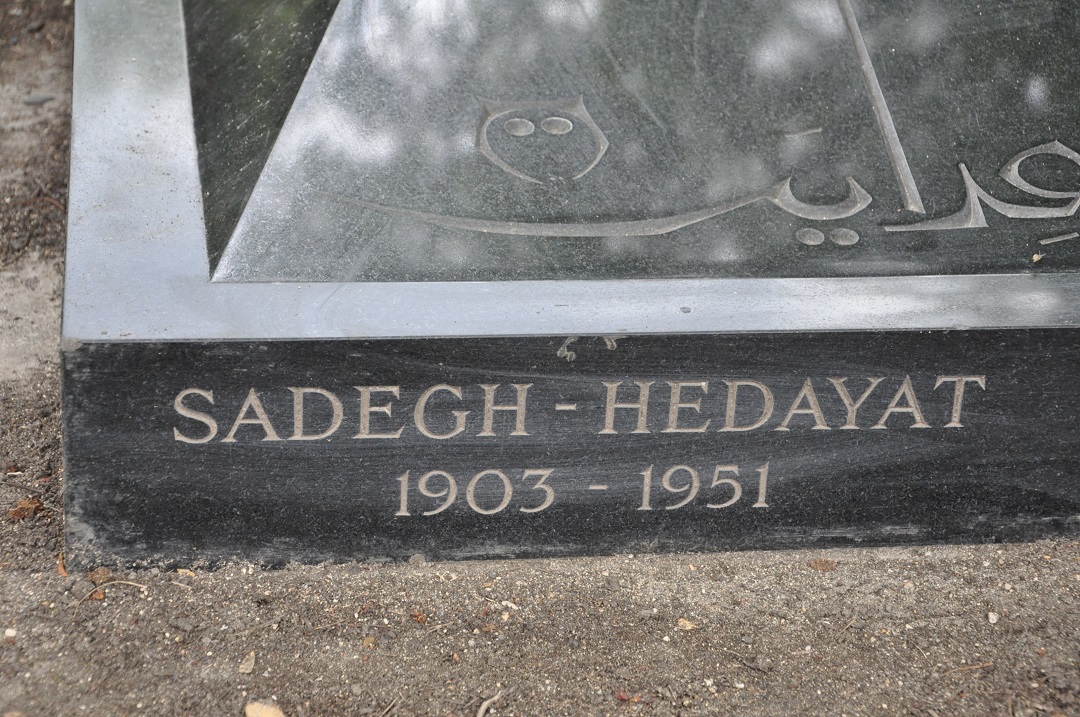
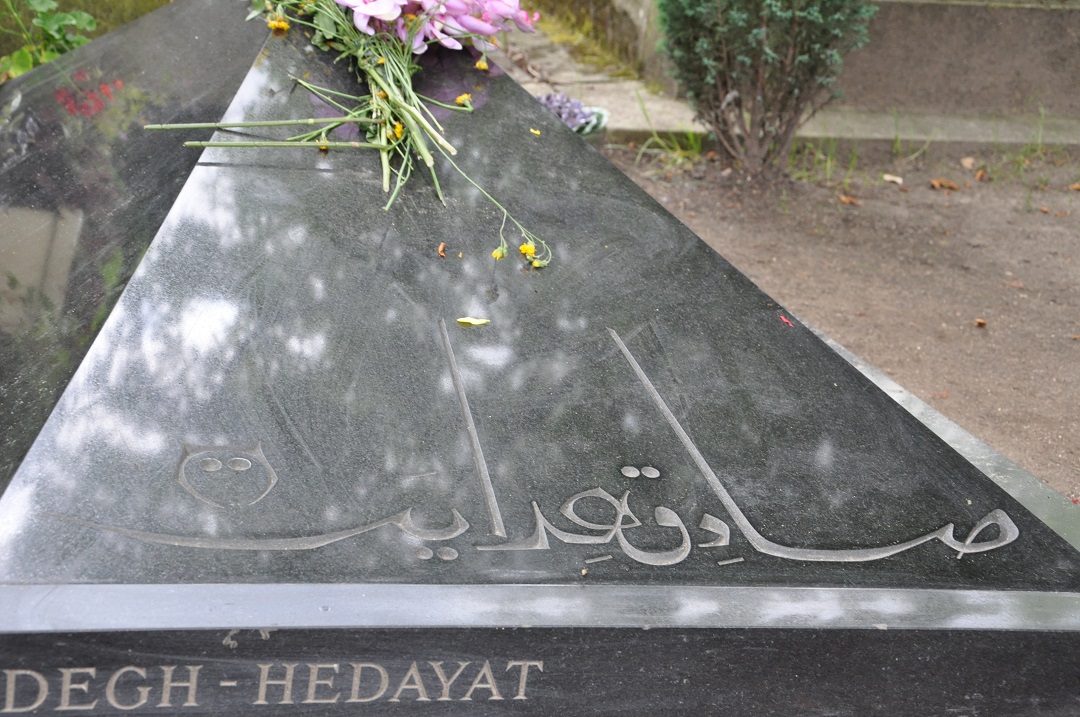
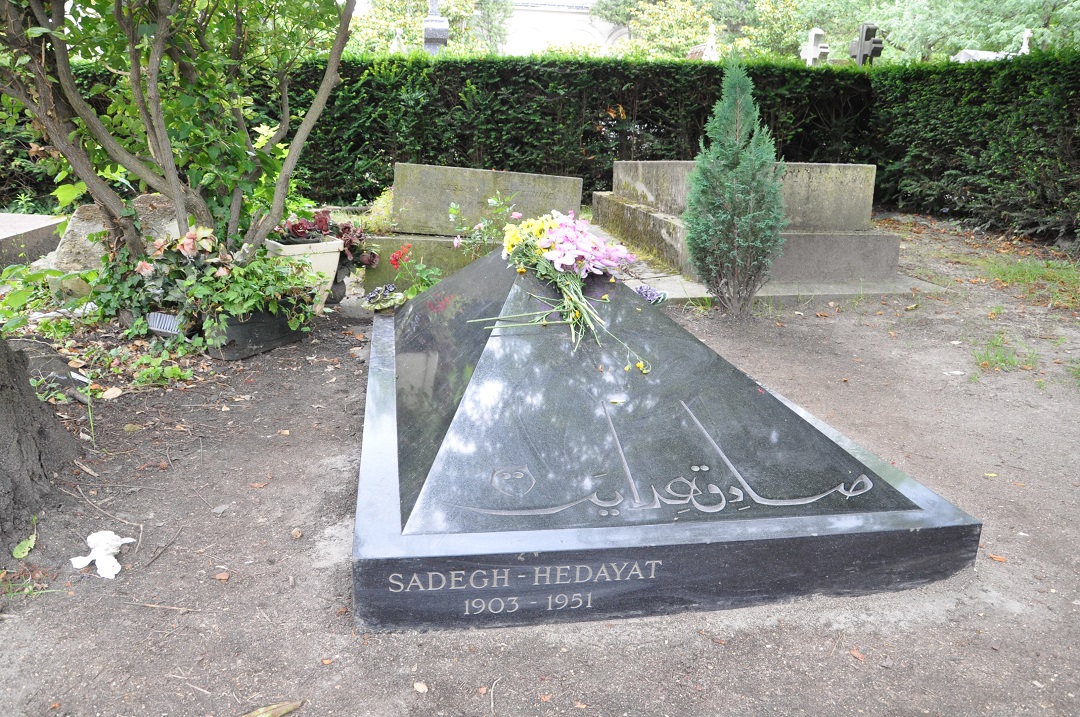
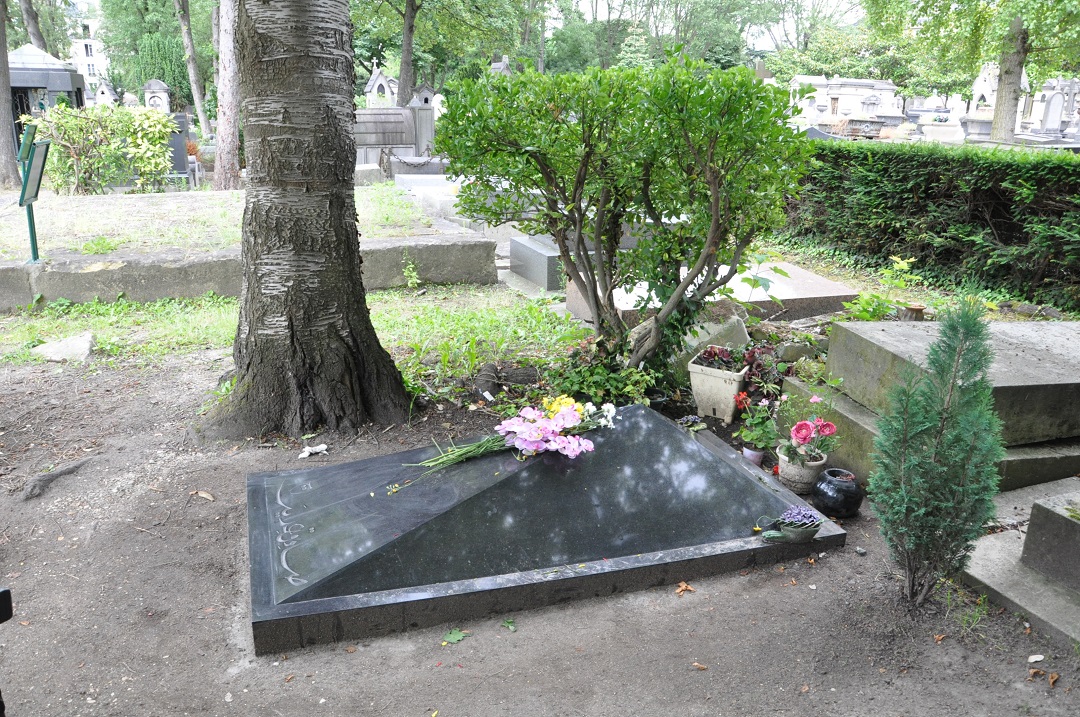
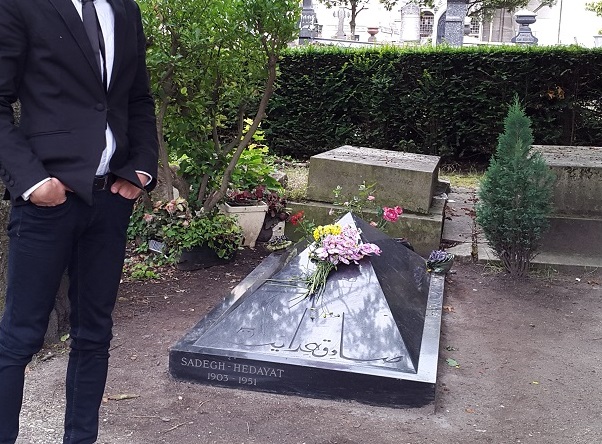
Victor Noir
Who was Victor Noir? And why are parts of his tomb statue shiny? Why did it become the favorite tomb for women who visits Père Lachaise and the most interesting tomb here?
Victor Noir was a nineteenth-century political journalist who died in a duel with Pierre Bonaparte in 1870. He became a symbol of political injustice, and his funeral was attended by thousands of people and riots.
A few years after his death, his body was taken to Père Lachaise Cemetery. The memorial statue of this journalist was made by Jules Dalou. On the grave of Victor Noir is a statue of a handsome young man. This statue is designed and built exactly like Victor Noir at the moment of his death. His hat, which fell to the ground next to him at the time of his death, is on the tombstone.
Victor Noir Tomb is one of the most popular memorial tombs in Père Lachaise Cemetery. But not because of his political symbolism. Rather, over the years there has been a belief among the people that this tomb is a symbol of fertility. There is a story that tells young women that if you want to find a beautiful lover, you have to kiss this statue and if you want to get pregnant, do something to him 😁...
Due to this belief, the green color of parts of this monument has been destroyed due to the high contact of visitors and its bronze material has been exposed. there was a period that a glass protection was installed around this tomb, but it was removed due to the opposition and protest of women.
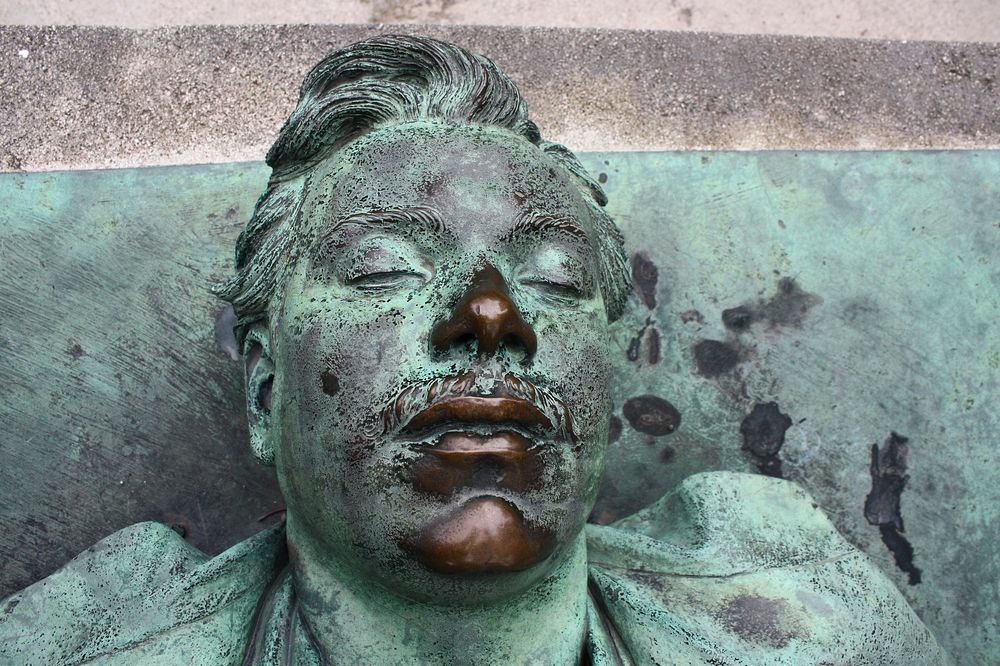
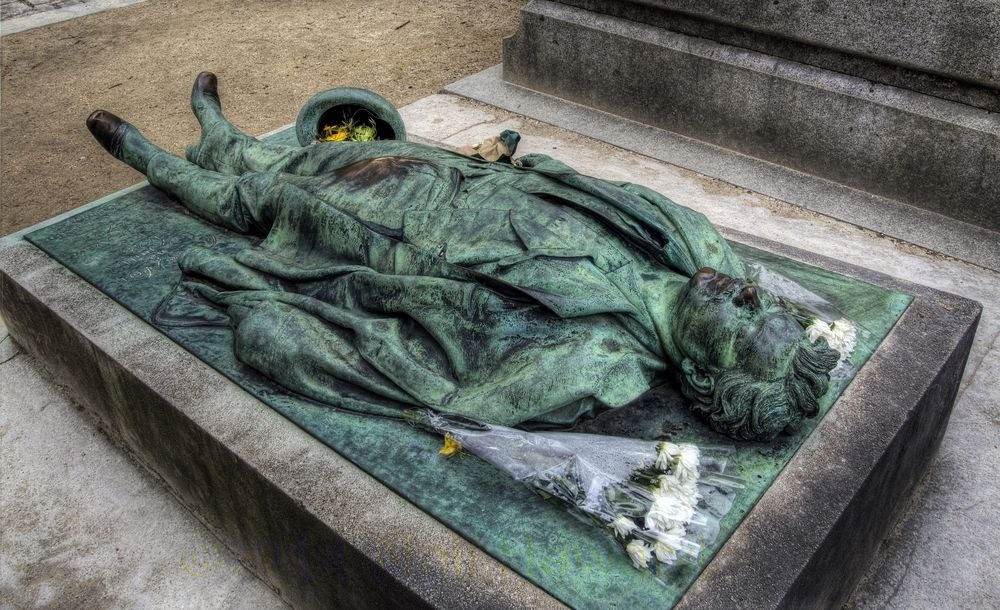
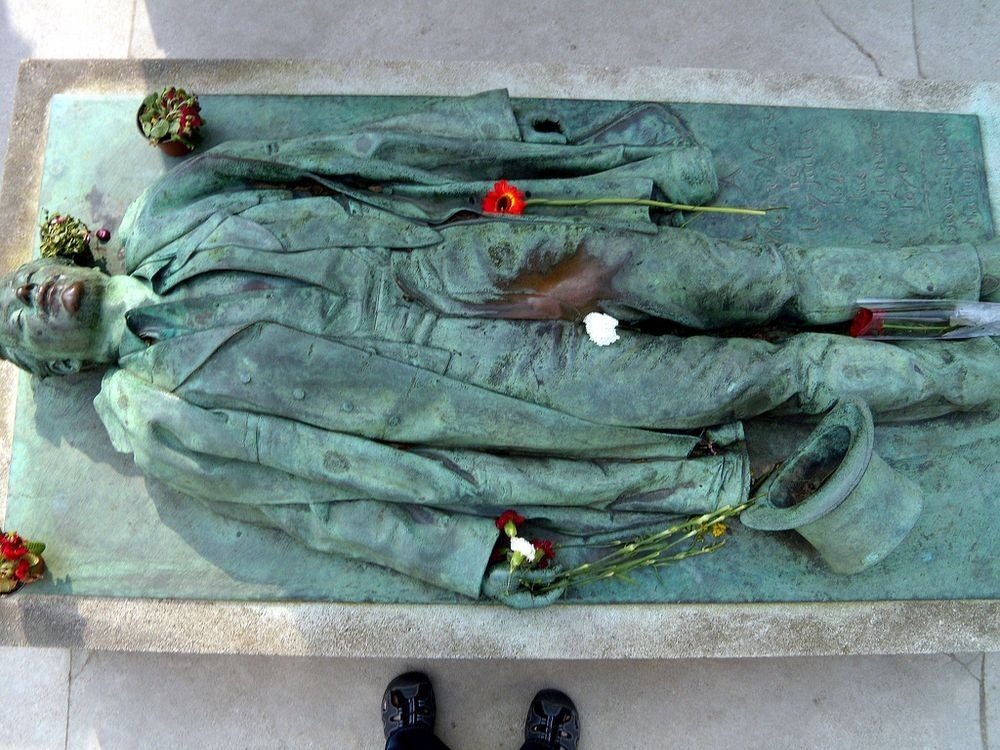
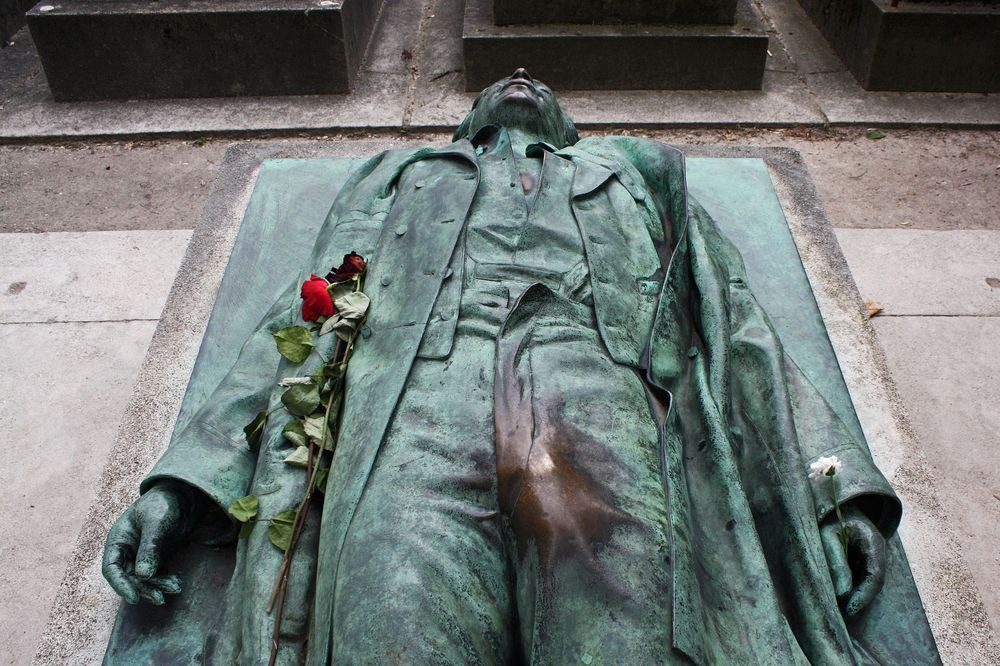
Serge Gainsbourg
The next is about Serge Gainsbourg, the singer of the song Je t'aime moi non plus, believed by many to be the most romantic and hot French song he has recorded with his girl. The song was banned from being released in many countries due to its content, and many artists have since re-performed (covered) it. Serge Gainsbourg (2 April 1928 – 2 March 1991) was a French singer, songwriter, pianist, film composer, poet, painter, screenwriter, writer, actor and director.
The title was inspired by a Salvador Dalí comment: "Picasso is Spanish, me too. Picasso is a genius, me too. Picasso is a communist, me neither".
Playing this song on the radio before 11 pm was banned in many European countries for a while, I can not explain more,
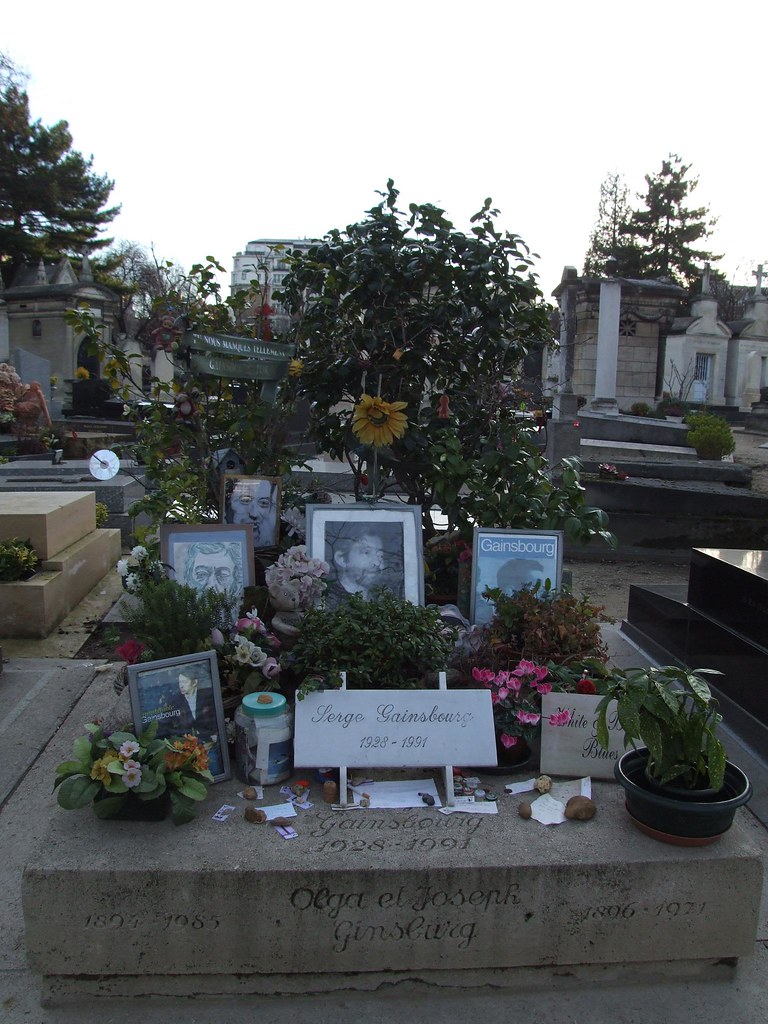
Oscar Wilde
This tomb known as the most kissed tomb in the world, no one has slept in it except Oscar Wilde! Another favorite writer of mine. His most famous novels are "The Picture of Dorian Gray" and "The Happy Prince". The theme of most of the "Happy Prince" stories is to prove the secret of human happiness through loving others and achieving inner beauty. Oscar Wilde has written the story of "Nightingale and the Rose" under the influence of Iranian mythology, especially Hafez's poems.
Oscar Wilde died in 1900 anonymously in Paris. Today, everyone reads and enjoys his books; But this was not the case during his lifetime. People in the 1880s considered Dorian Gray's picture book to be full of evil ideas. "My only wish is that they understood what I was saying," he told James McNeill Whistler, painter of Dorian Gray's picture book, on his deathbed. And Whistler replied: "They will understand Oscar! They will understand…".
When Oscar Wilde was transferred to Père Lachaise, visitors kissed the tombstone, and the visitors' handprints and lipstick damaged the memorial body. Until In 2011, the tomb was cleaned of the many lipstick marks left there by admirers and a glass barrier was installed to prevent further marks or damage. there is a writing on the glass: "Respect this monument, otherwise you will have to pay a fine." But you can still find the lipsticks on the glass.
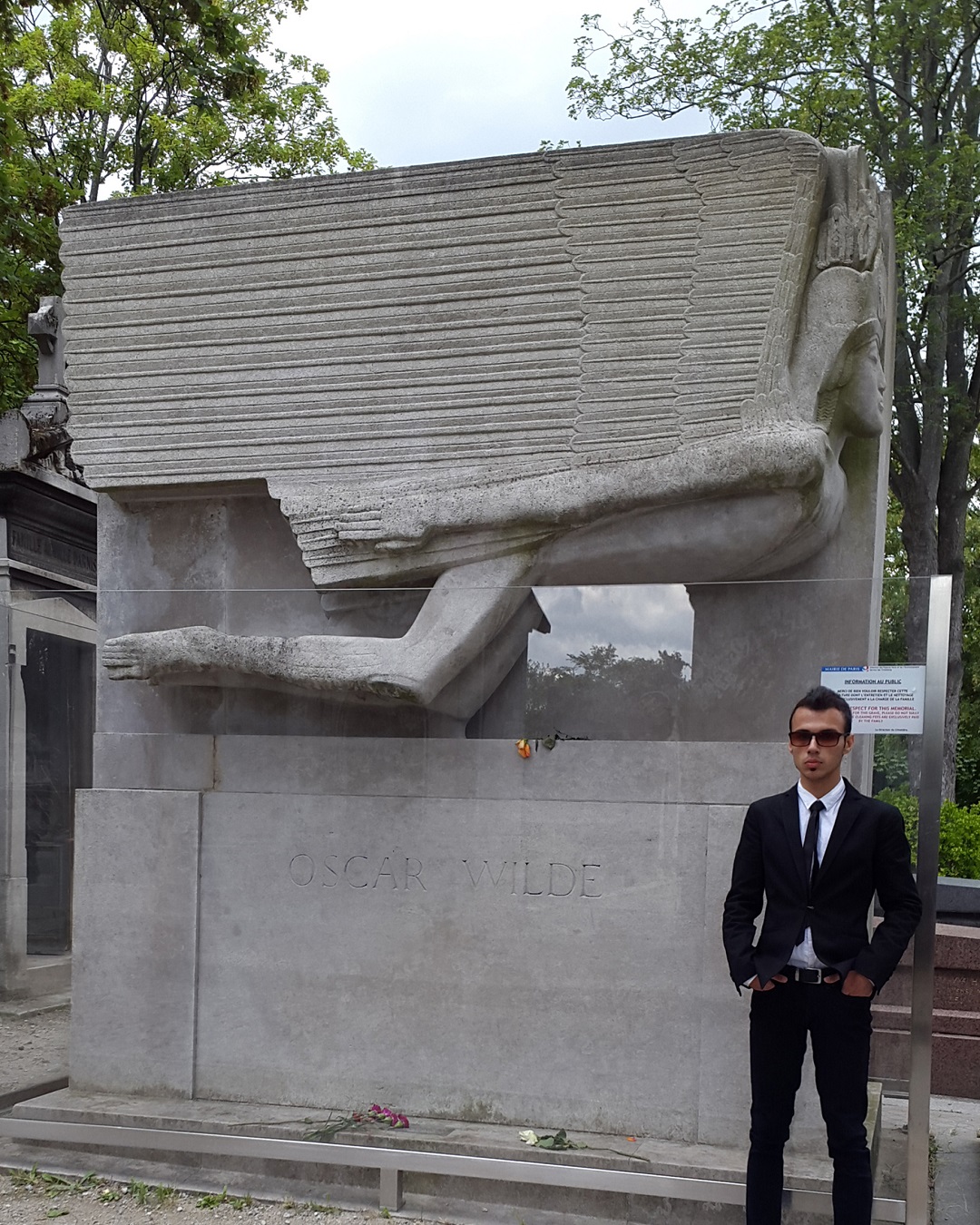
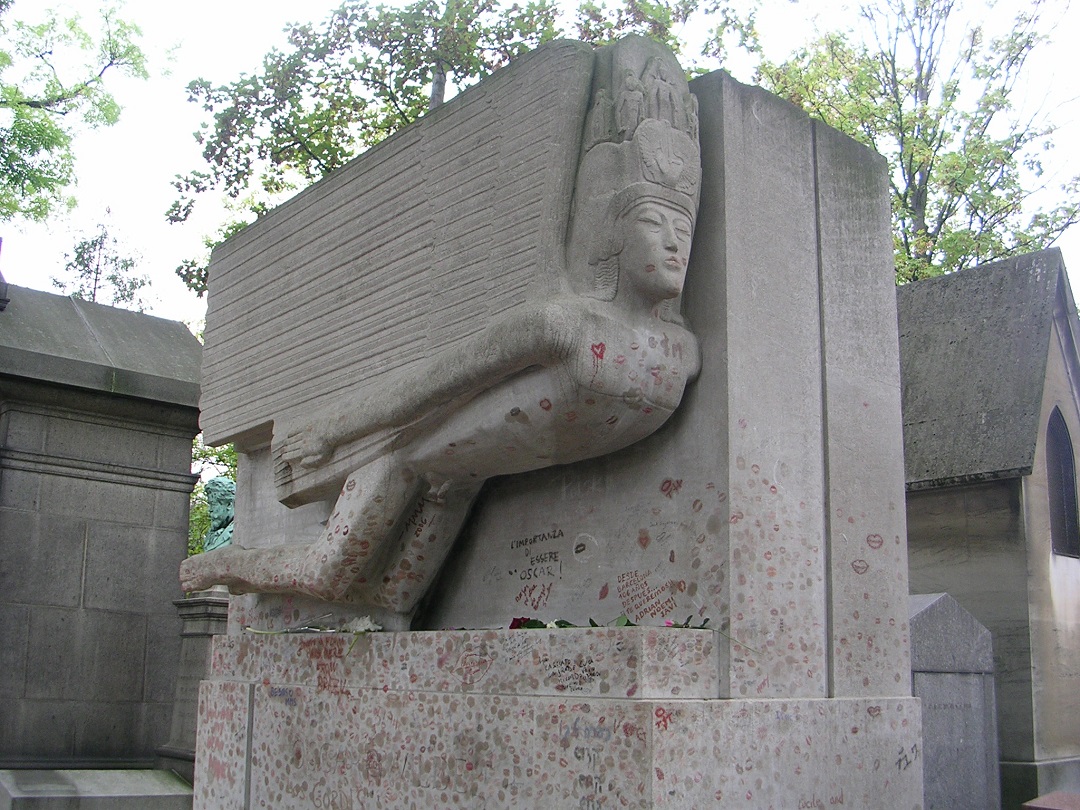
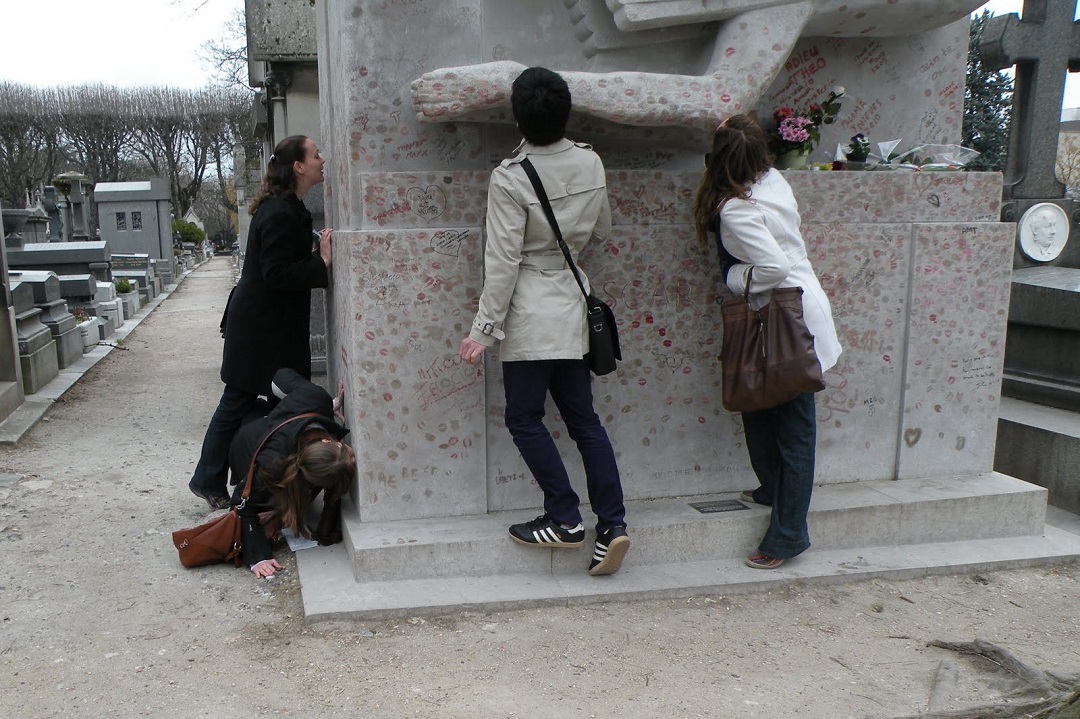
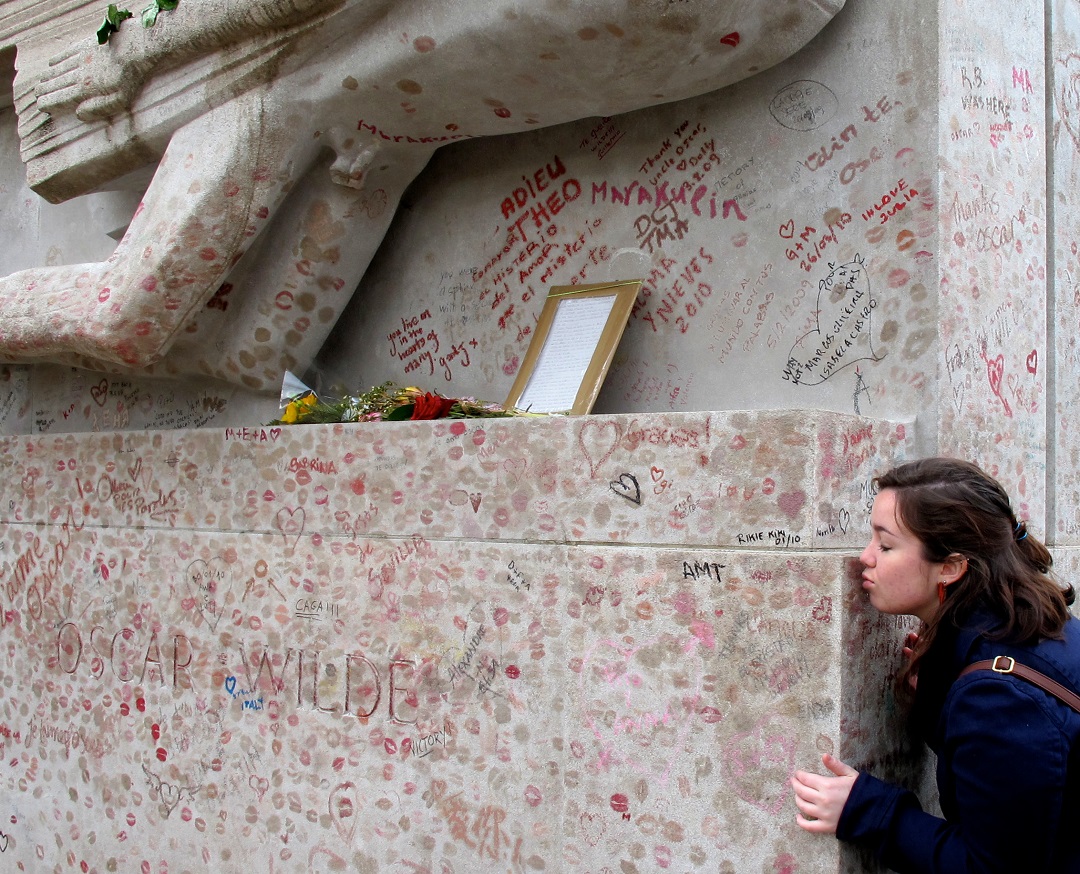
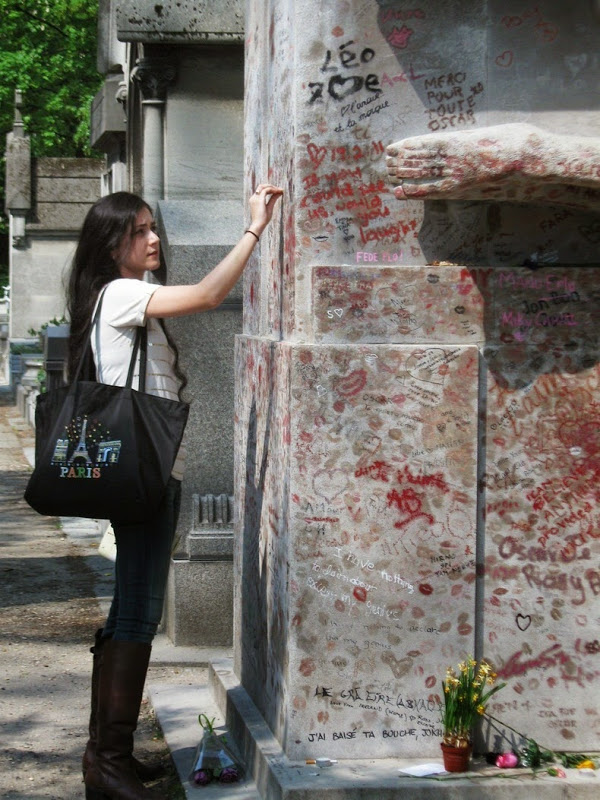
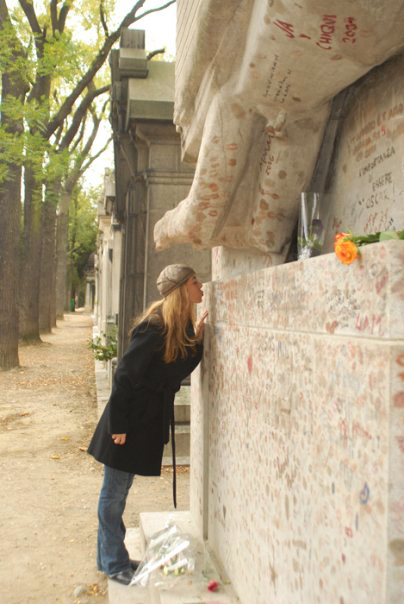
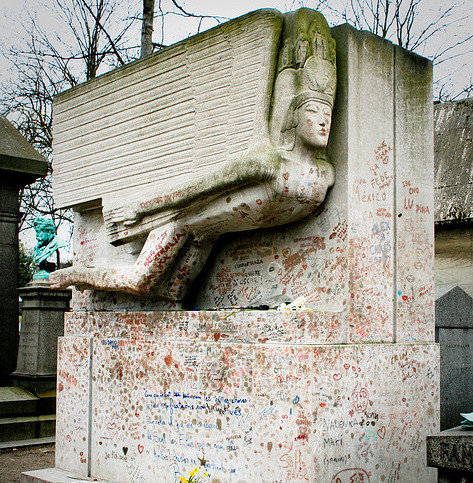
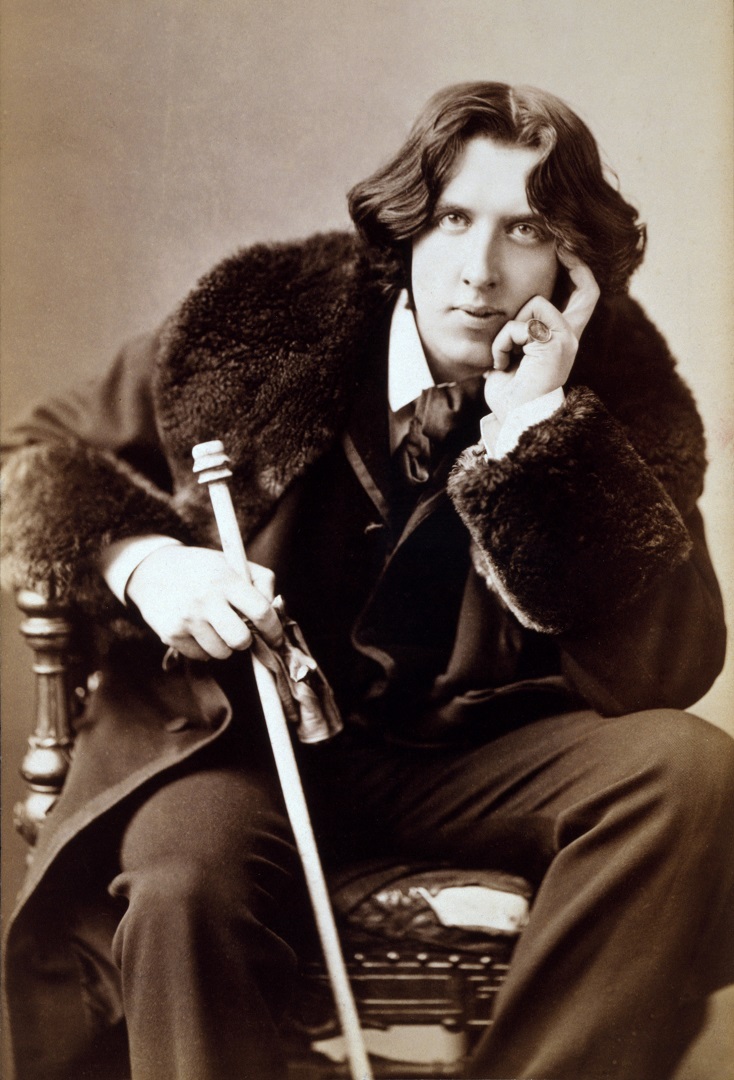
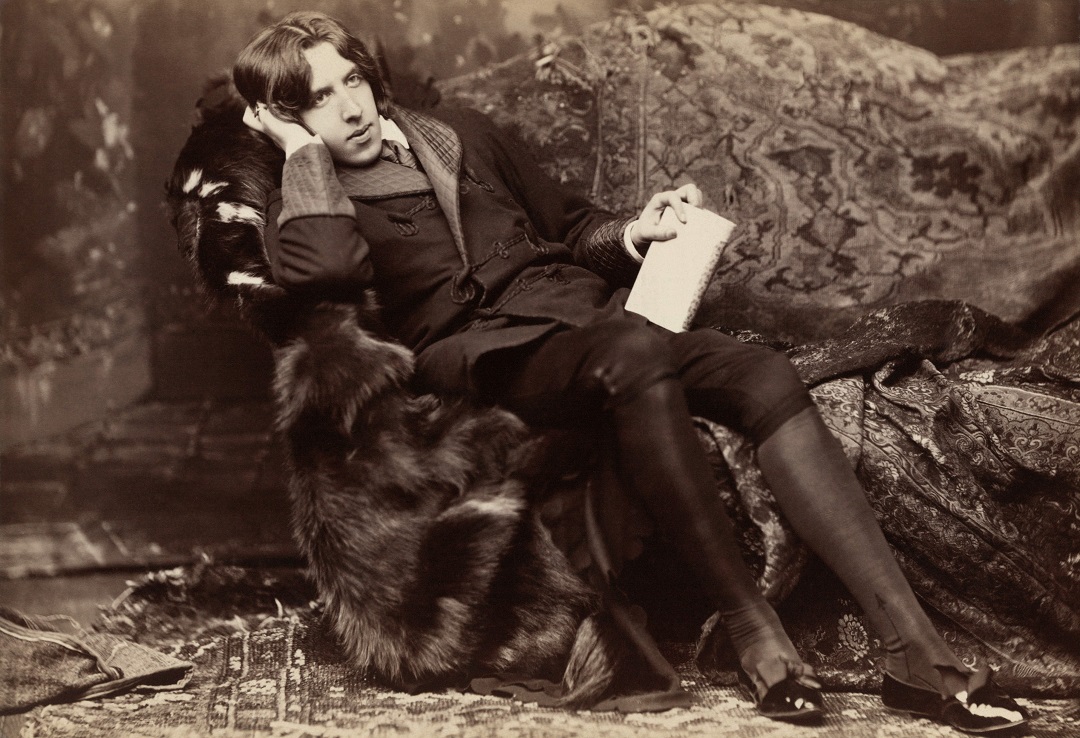
Edith Piaf
Everyone knows her for "La Vie En Rose", and I know her for "Non, Je Ne Regrette Rien" and "Padam padam". What a beautiful song ... Part of my memories in France are made by her pieces. Edith Piaf instills in everyone the feeling that French is the language of love and music. A legend that is said to have culminated from poverty and misery.
The French national singer, the greatest French singer, the singer of the most beautiful French love pieces ... The more I know Edith Piaf and the more I know about her life, the more I understand her romances; When you hear her music, whether you know French or not, you feel the sound of love in your heart. The most interesting part for me was that some time ago I found out that my favorite French singer "Charles Aznavour" sang a piece for Piaf and Piaf liked it and took him on her tour. I tried very hard to meet Aznavour somewhere in a concert, but he also left the world two years ago.
Today, the French singer "Zaz" is compared to Edith Piaf, I see similarities in terms of behavior and singing too, especially the song "Je veux" is reminiscent of Piaf's singing style.
The film La Vie en rose (2007) depicts the life of Edith Piaf.
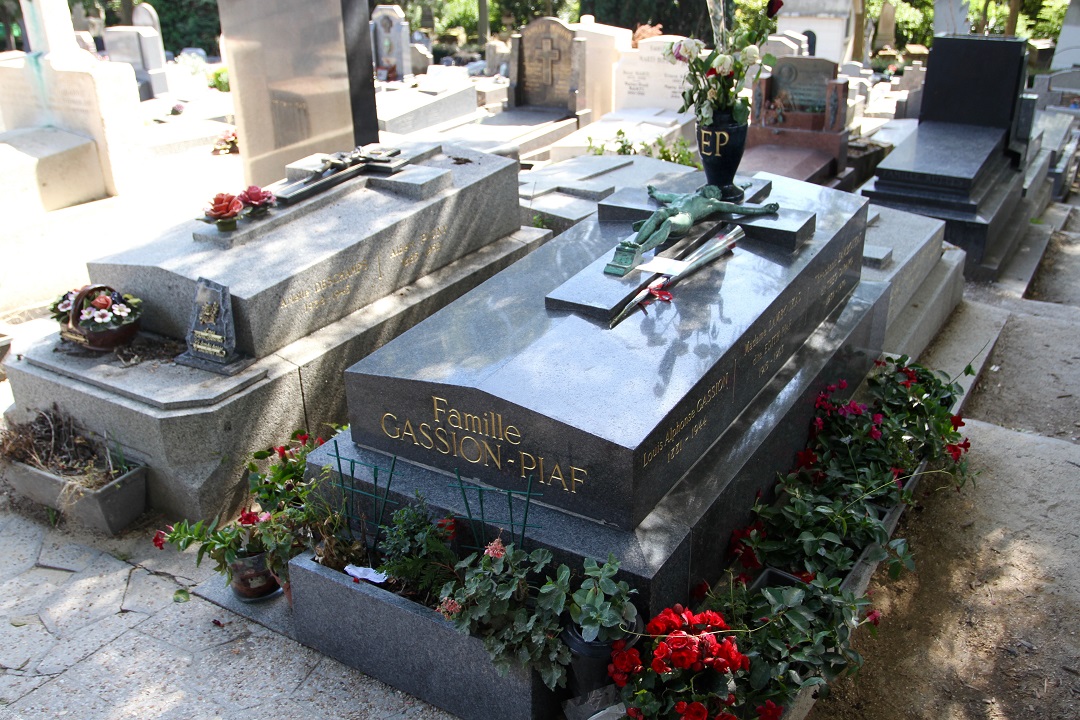
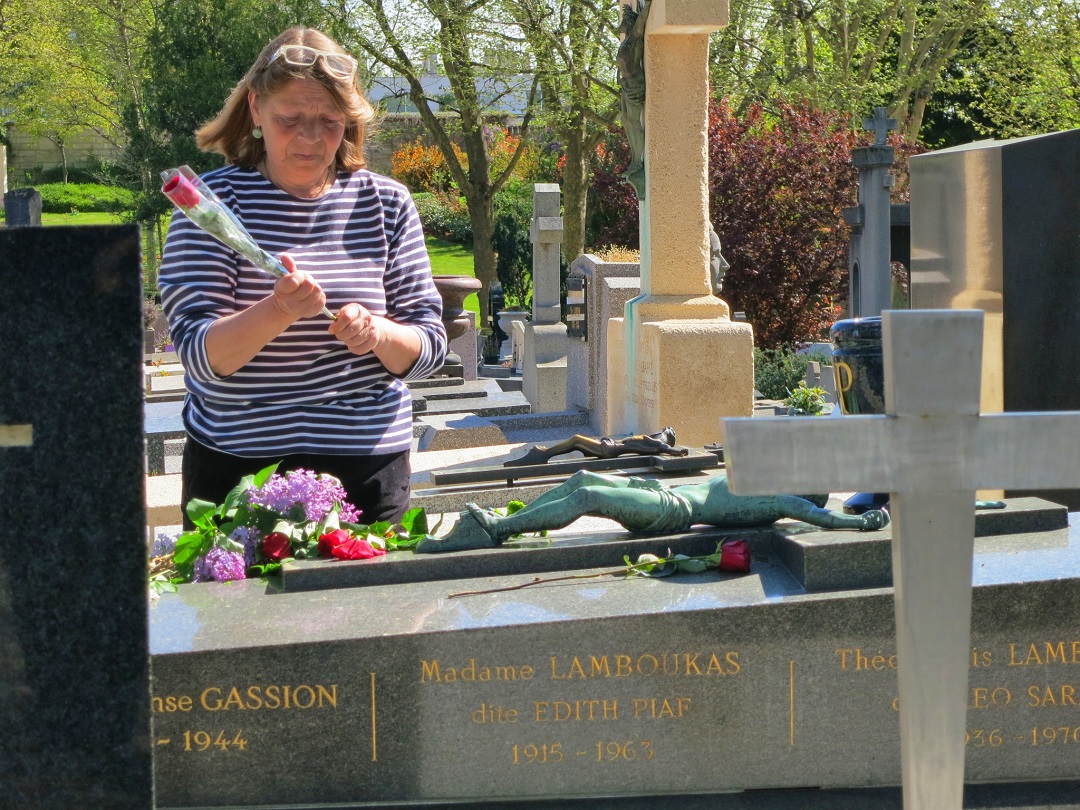
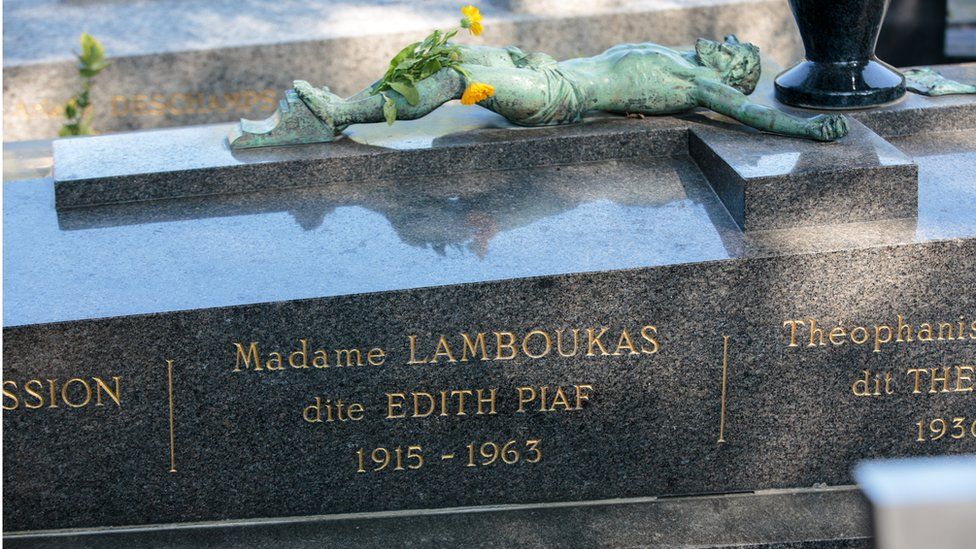
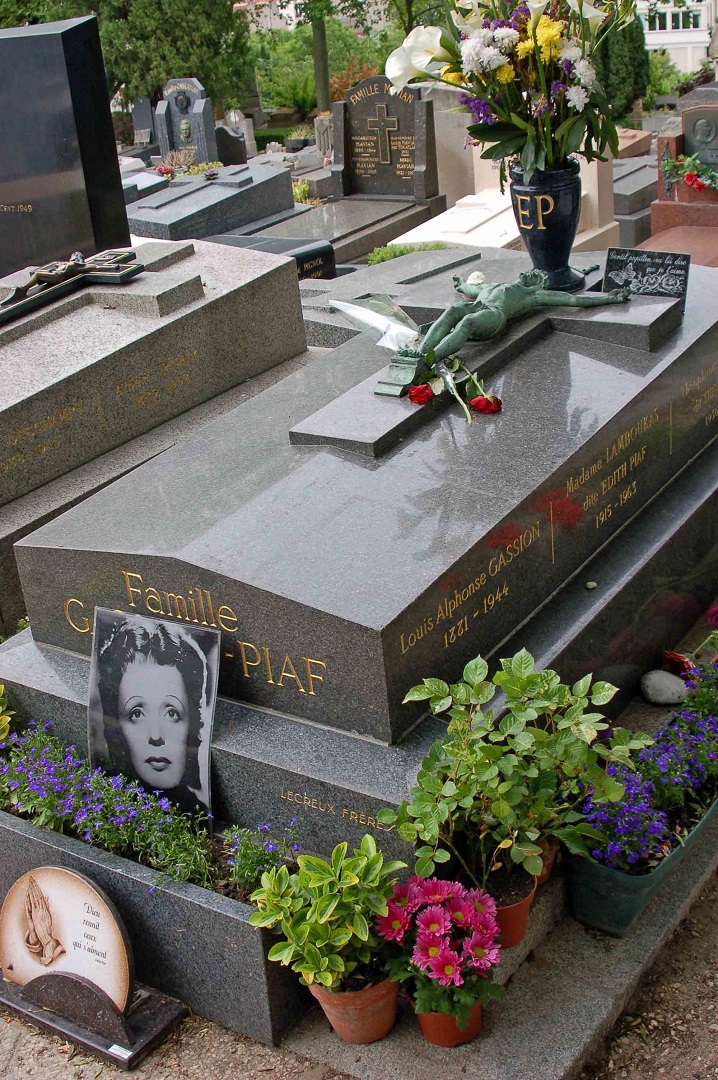
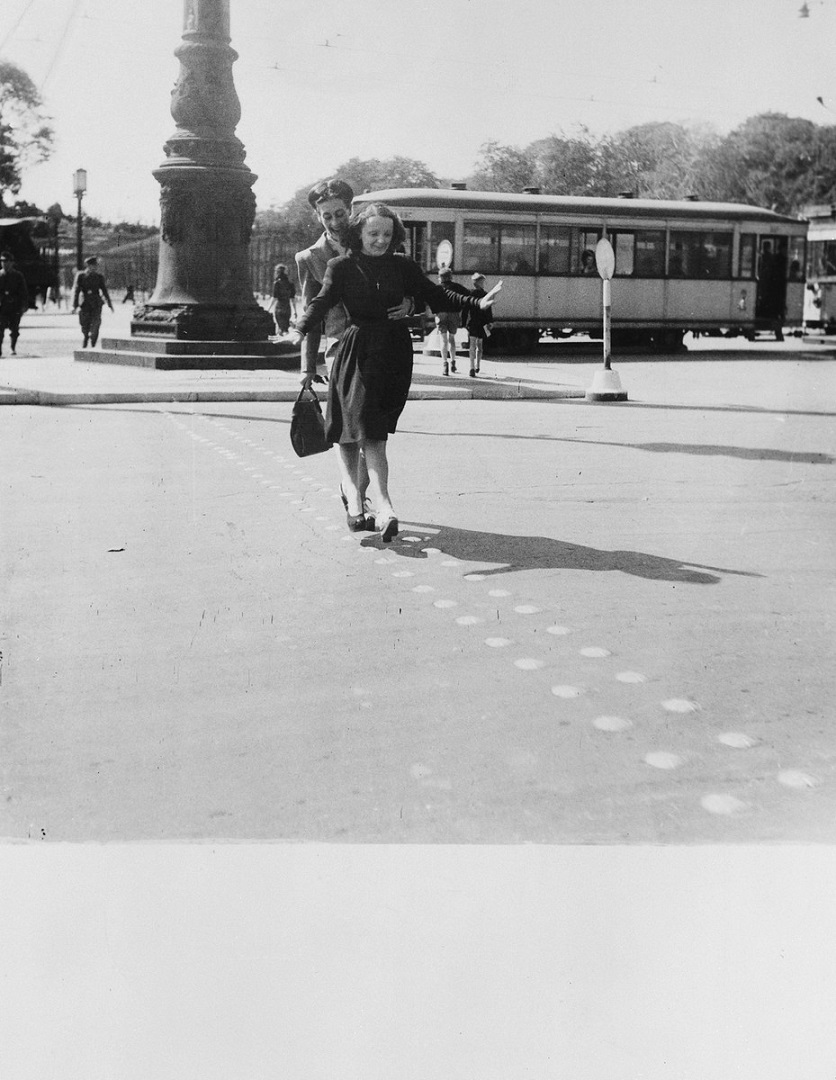
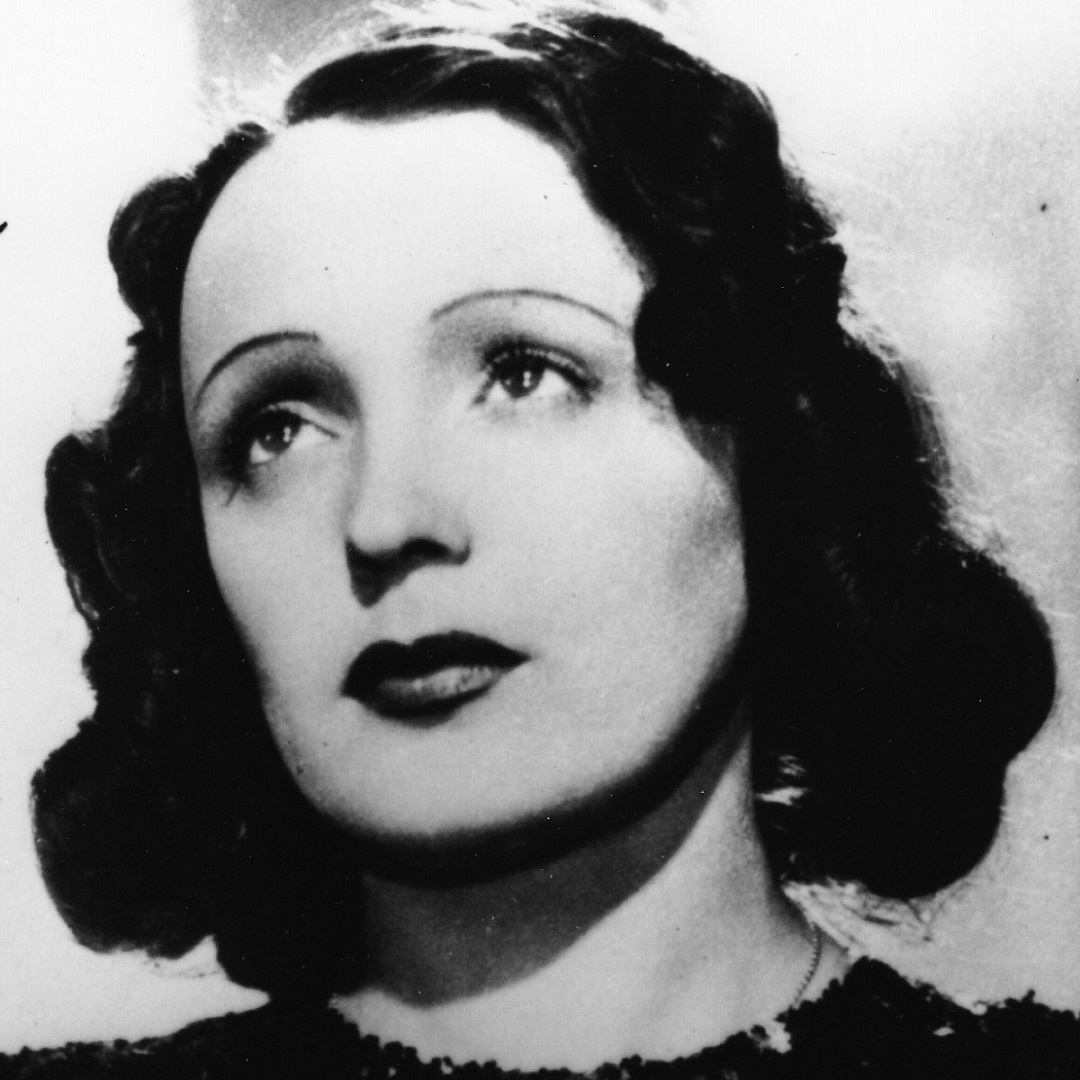
Frederic Chopin
All the photos you saw were taken at the end, in fact I first went to my favorite composer, "Frederic Chopin", the composer of the pieces I lived with, the pieces that remind me of every moment of my life, the pieces that all reminds me of all my rooms. Chopin plays from within me, as if I were standing here by my side.
Frederic Chopin, 01 March 1810 - 17 October 1849, is the most influential Polish musician and prominent pianist, who is still alive to me.
In 1830, Chopin was on his way from Vienna to Paris, where he learned of the bloody repression of his compatriots by reading the newspapers. "Lord, do you really exist?" He wrote in his notebook. "Isn't all this cruelty and crime of the Russians enough?"
Frederic suffered from physical and spiritual weakness throughout his life, this is evident from the atmosphere of his pieces. He died in Paris in 1849 at the age of 39 from pulmonary tuberculosis on 17 October 1849. His emaciated body was buried in Père Lachaise Cemetery, but at his will and at the initiative of his sister, his heart was taken to his homeland, Poland, it is now kept in a church in Warsaw.
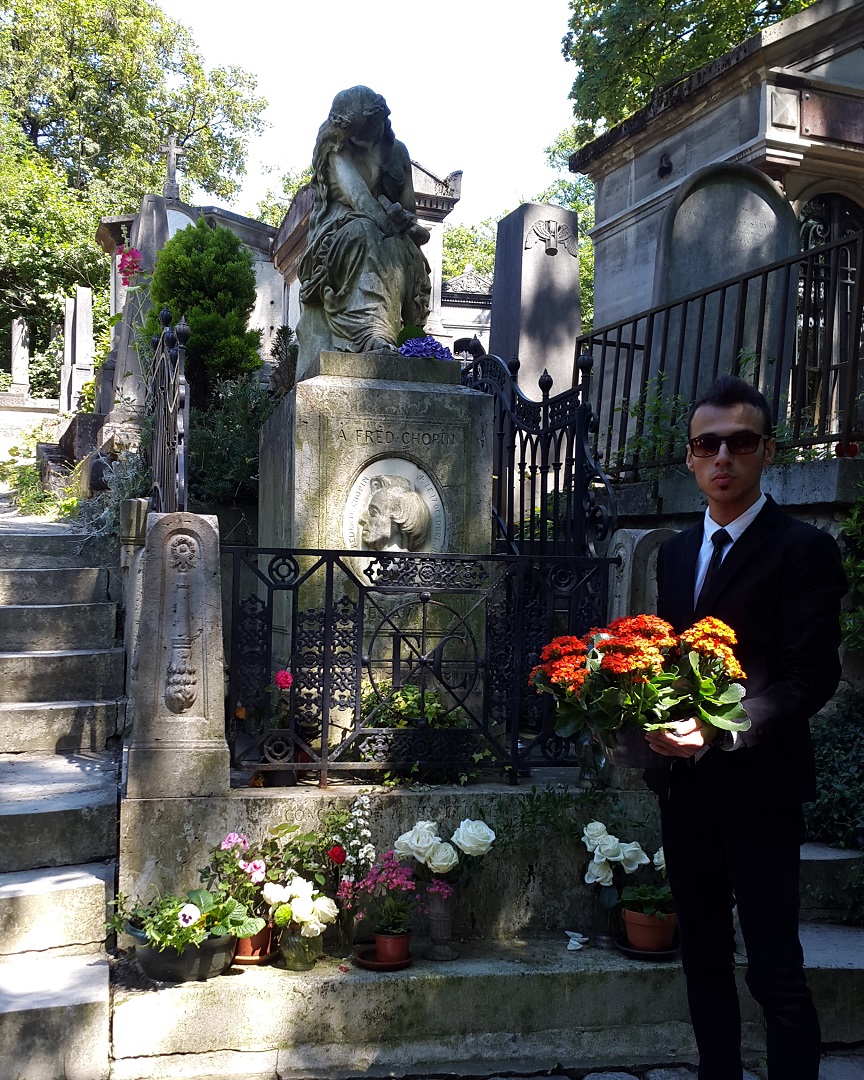
It wasn't hard for me to believe, tears welled up in my face when I reached Frederic Chopin. I knew something unusual was about to happen. It had been a while since I had stared at him and listened to my favorite pieces when a music student from Poland arrived with his mother, who seemed to love Chopin (but not as much as I did). Asked who replayed the piece you are listening to? It's very beautiful! I said Janusz Olejniczak. He asked, "Are you a musician?" I said no, how about you? He said I'm a music student, and compatriot of Chopin, I said how is your photography? Not bad, I asked him to take a few pictures of me. Not too bad. His mother smiled and they left. I stayed there.
Chopin's music is full of life. The excitement that emanates from the tired and helpless artist's work is breathtaking. Chopin's warm, lovely music flows straight from his heart to the piano strings.
Chopin was extremely precise and strict in composing his pieces. He worked with sick discipline and obsession (I call it Musical OCD). He never got tired of correcting and revising, until he reached the final construction. He wrote a piece many times, and put it aside for a while before it was published. "Time is the best guide and patience is the best teacher," he said.
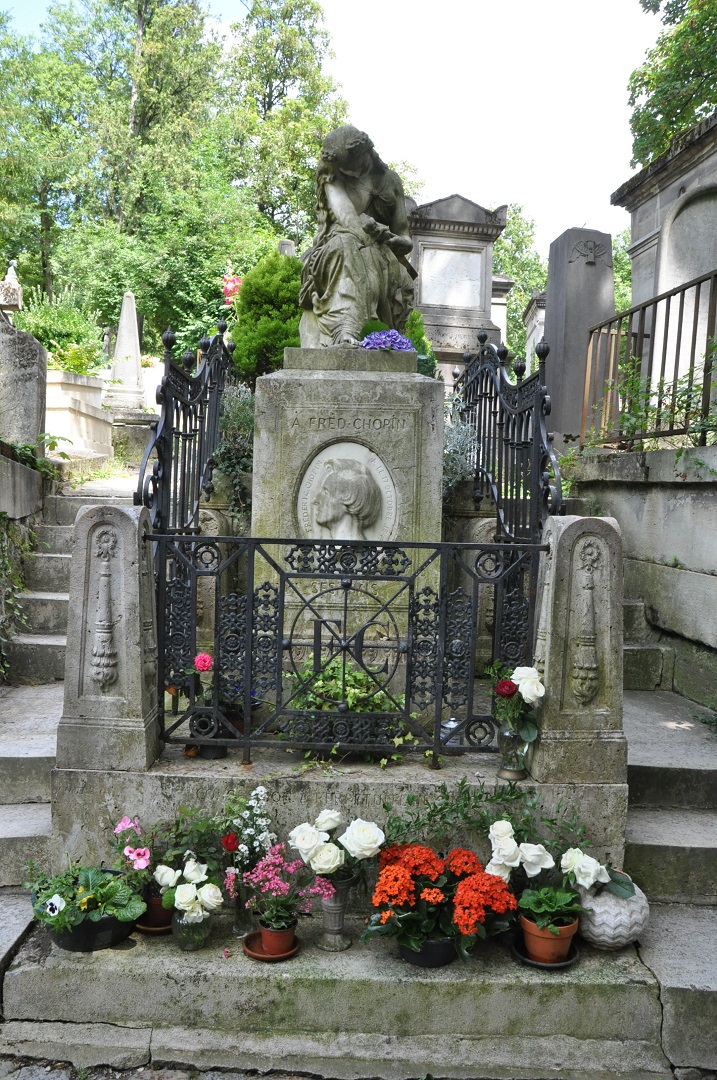
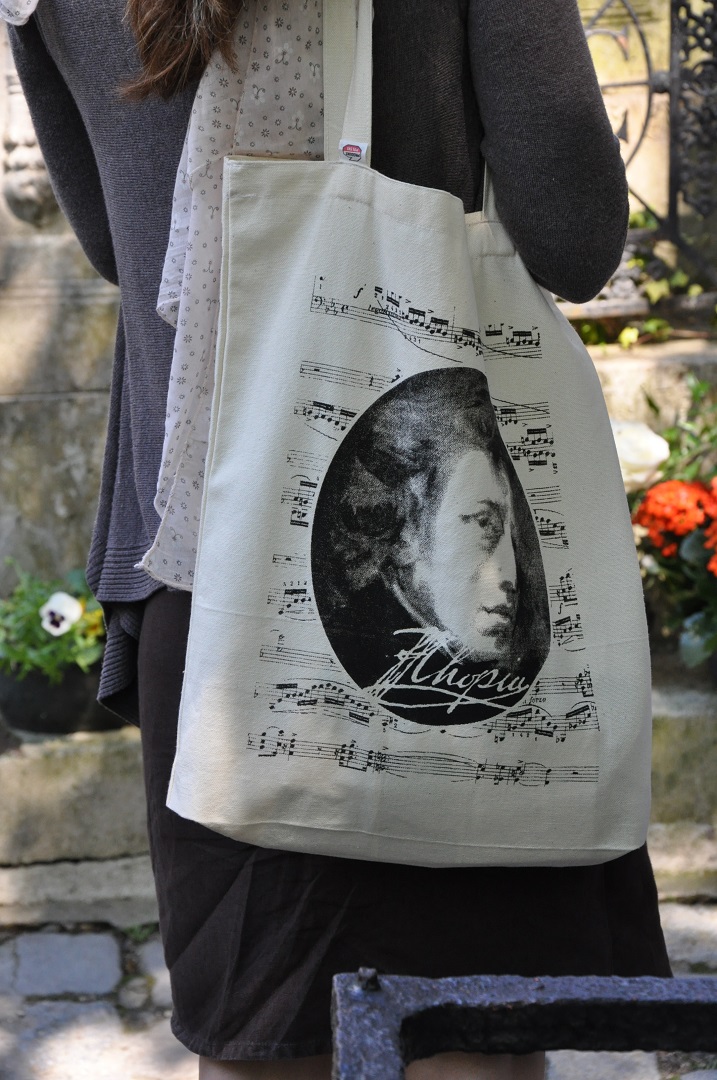
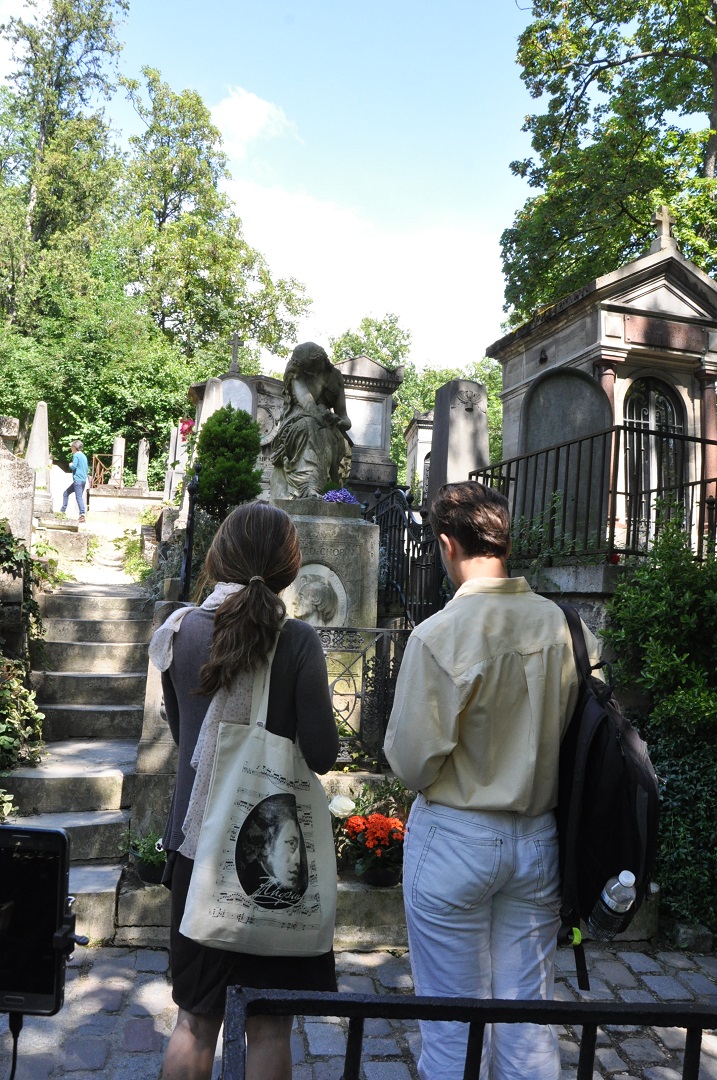
Chopin is soft and gentle, but not "phlegmatic". Both musicians and music lovers have felt this.
Chopin has become somewhat "commercial" today, but its originality has not diminished in the slightest. Every novice musician plays Chopin, but every knowledgeable and skilled pianist knows that Chopin can be played even more perfectly.
Chopin believed in pure music, in the naked language of music. He was not a talkative man not only in creation but also in ordinary life. He didn't say anything about his artistic thoughts and ideas. He hated "interpretation" and didn't even like naming his pieces.
Chopin has always remembered his homeland, and perhaps he is more moved by it. He loved Poland and longed for its liberation from the yoke of Russia. Some believe that Chopin's immigration to France was due to his liberal views and his avoidance of Russian repression.
He was in a strange relationship with the French writer George Sand, In 1838, Chopin met George Sand, a French writer, and this relationship, which can hardly be judged sweet or bitter, lasted until 1847. They went to Mallorca in 1839 winter, where the bad weather and the humidity of the rooms in which Chopin was staying had such a bad effect on his health that they were forced to return home, and Chopin could never recover. In 1845 many problems arose in the relationship between Chopin and Sand, and in 1847 this relationship became darker with the advent of family problems, and it was in that year that Sand published one of her novels, Lucrezia Floriani, which was not at all pleasing to Chopin. The story of this novel goes back to the story of a rich actor and a sick prince, which is probably a reflection of the relationship between her and Chopin. Family troubles finally intensified in 1847, leading to the severance of Chopin's relationship with Sand. She described Chopin as "a little sad angel".
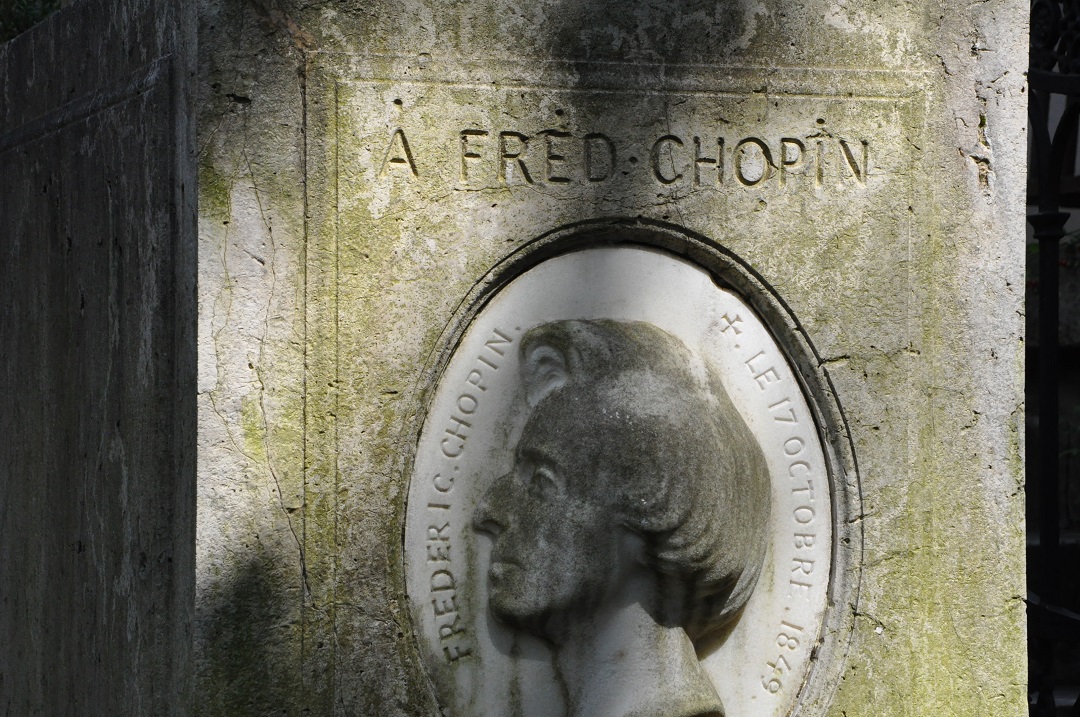
Tags
France
Paris
Cemetery
Pere-Lachaise
گورستان-پرلاشز
فروهر
فرانسه
پرلاشز
پاریس
اهورا-مزدا
اروپا
Load Comments